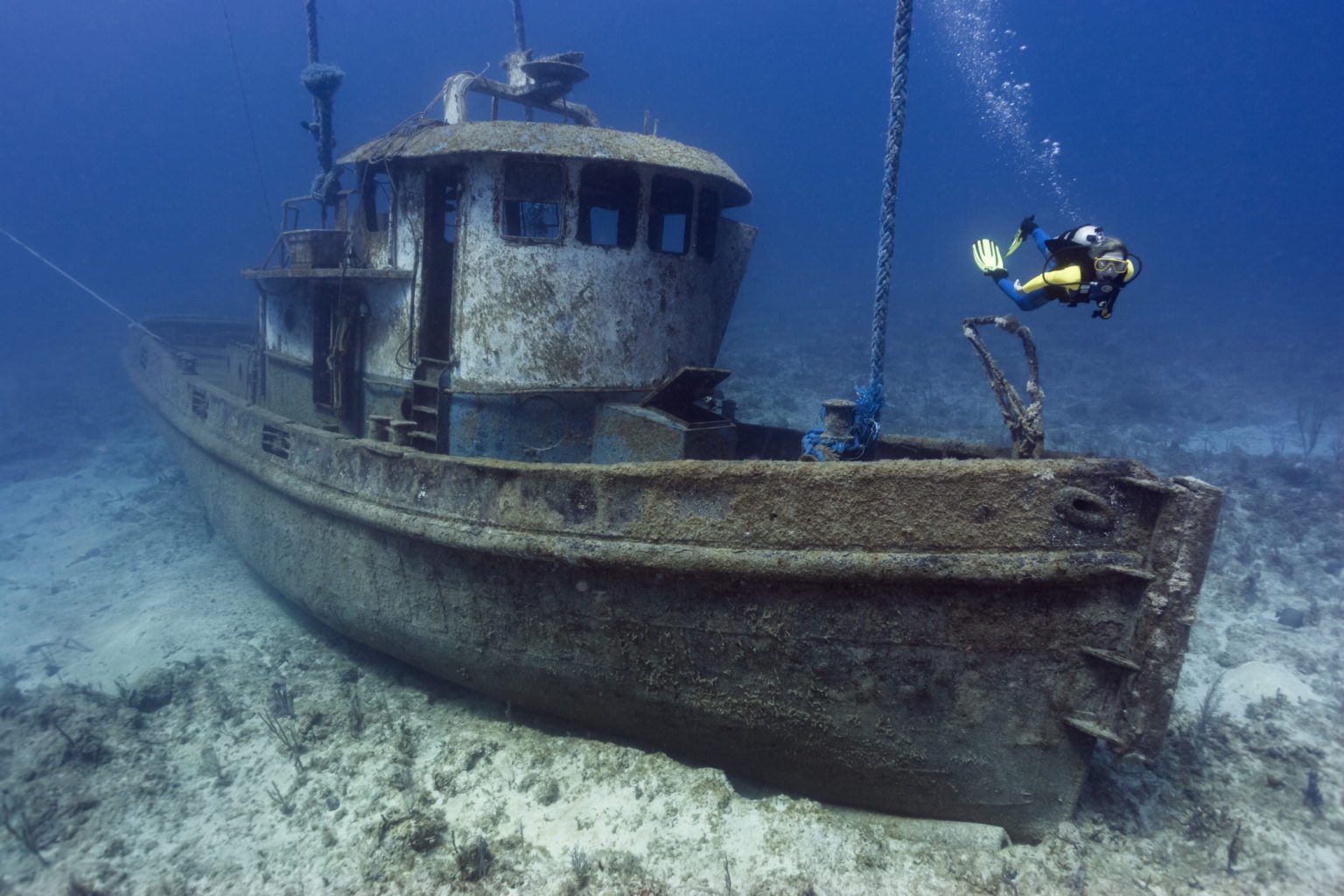North America Editor Walt Stearns dives into his back catalogue to give us some global destinations to add to our diving ‘bucket list’.
Bahamas – Life on the Bahia Mar
The Bahamas encourage divers to ‘Discover our Diversity’. This slogan is actually an accurate representation of the underwater opportunities that await visitors to this nation of islands. The 750-mile-long archipelago that is the Bahamas includes some 100,000 square miles of water and more than 700 small islands and cays.
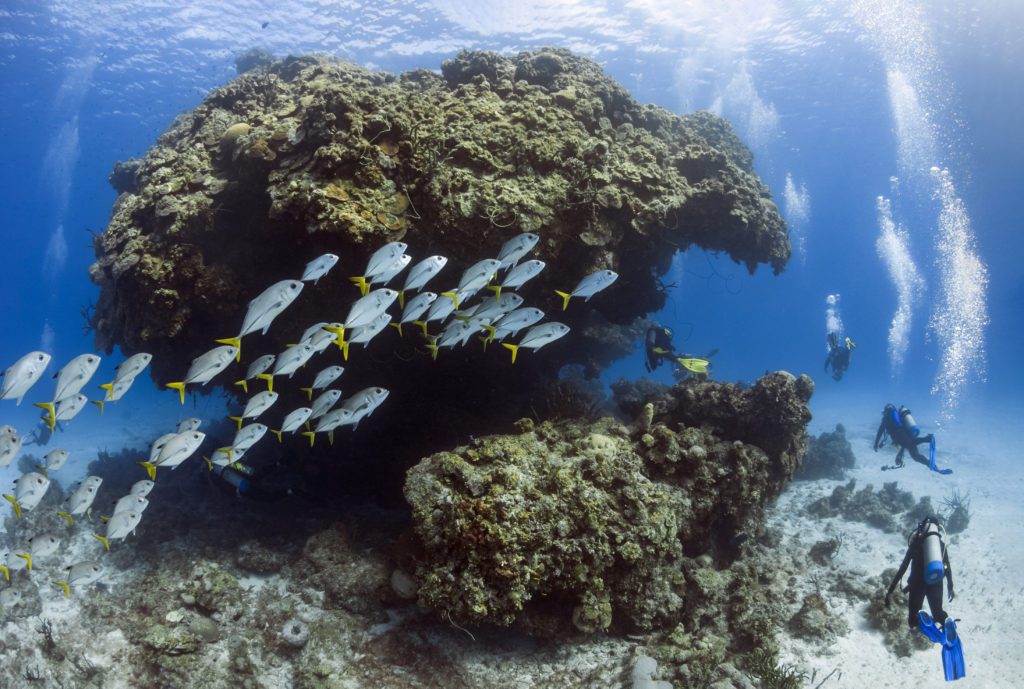
Most sit atop a pair of magnificent sub-sea plateaus – Great Bahama Bank and Little Bahama Bank – that also encompass huge expanses of shallow water. Early Spanish explorers named this region ‘Bajo Mar' or ‘Bahia Mar,' which means ‘broad shallows’. Over time, English colonists would shorten the phrase until Bahia Mar simply became Bahama.
While early mariners considered the reefs of Bahama Banks to be a navigator's nightmare, for divers they represent something altogether different – a region offering a spectacular variety of undersea ecosystems ranging from colorful shallow coral gardens and sand flats to stunning walls and mysterious blue holes.
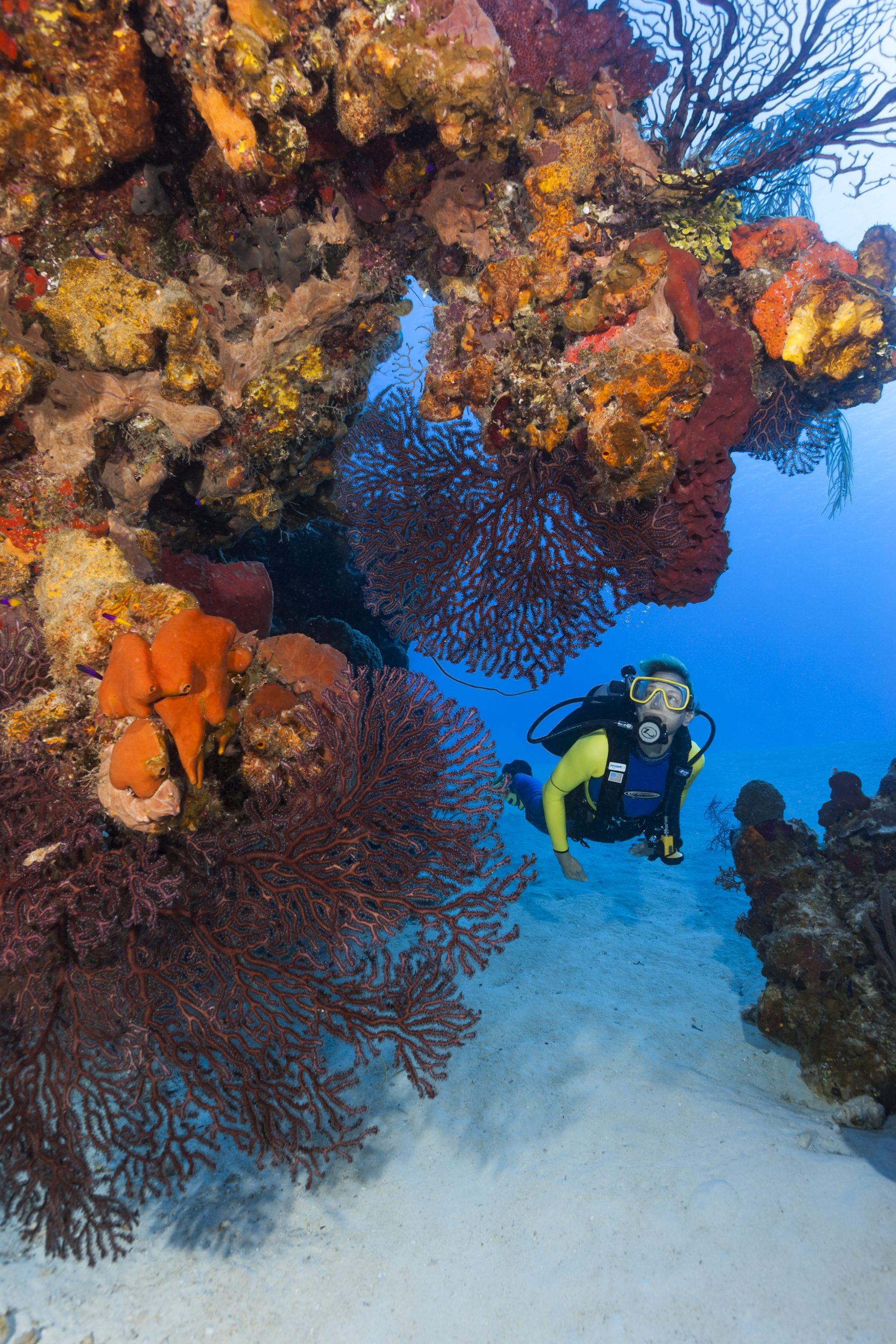
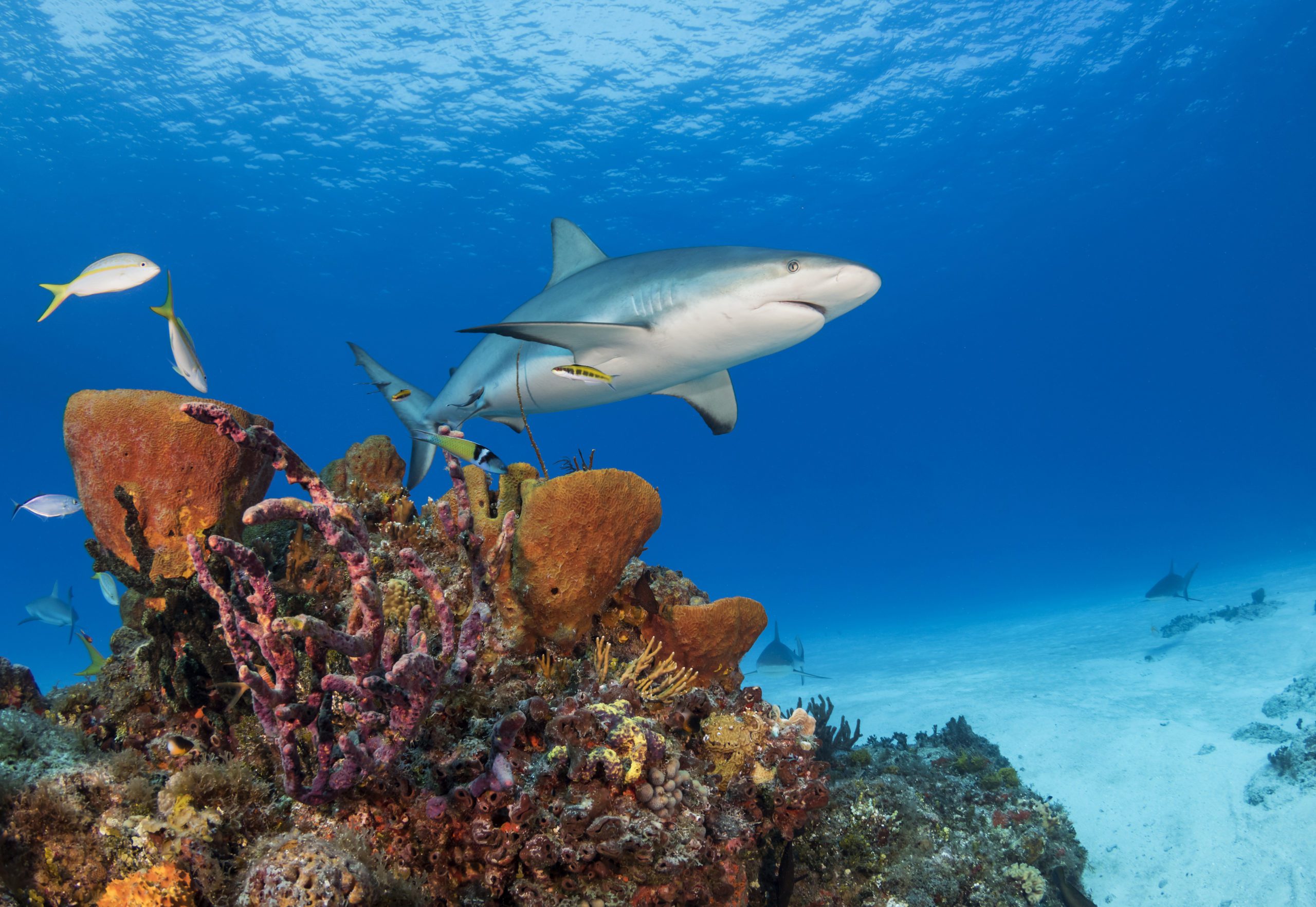
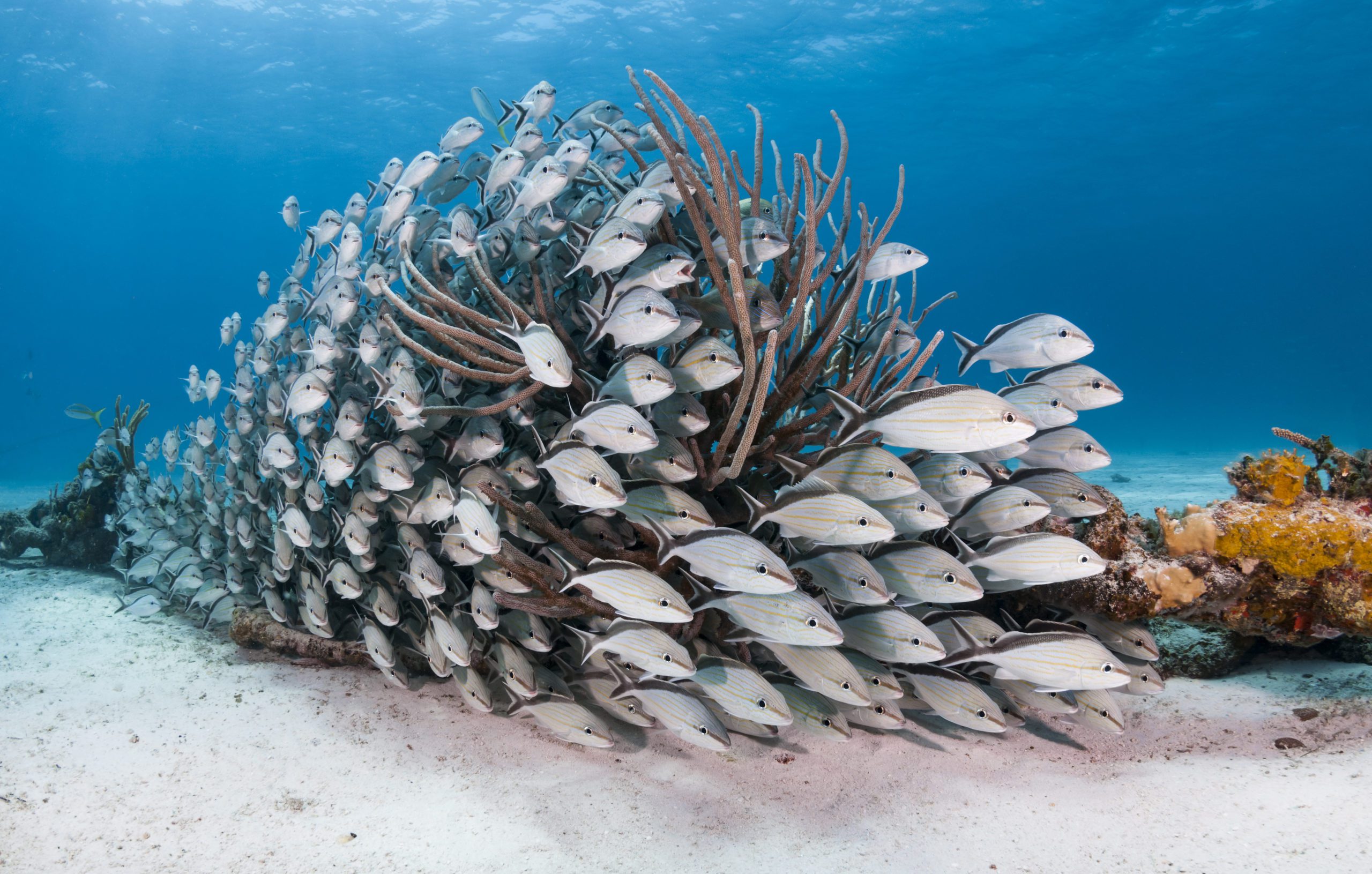
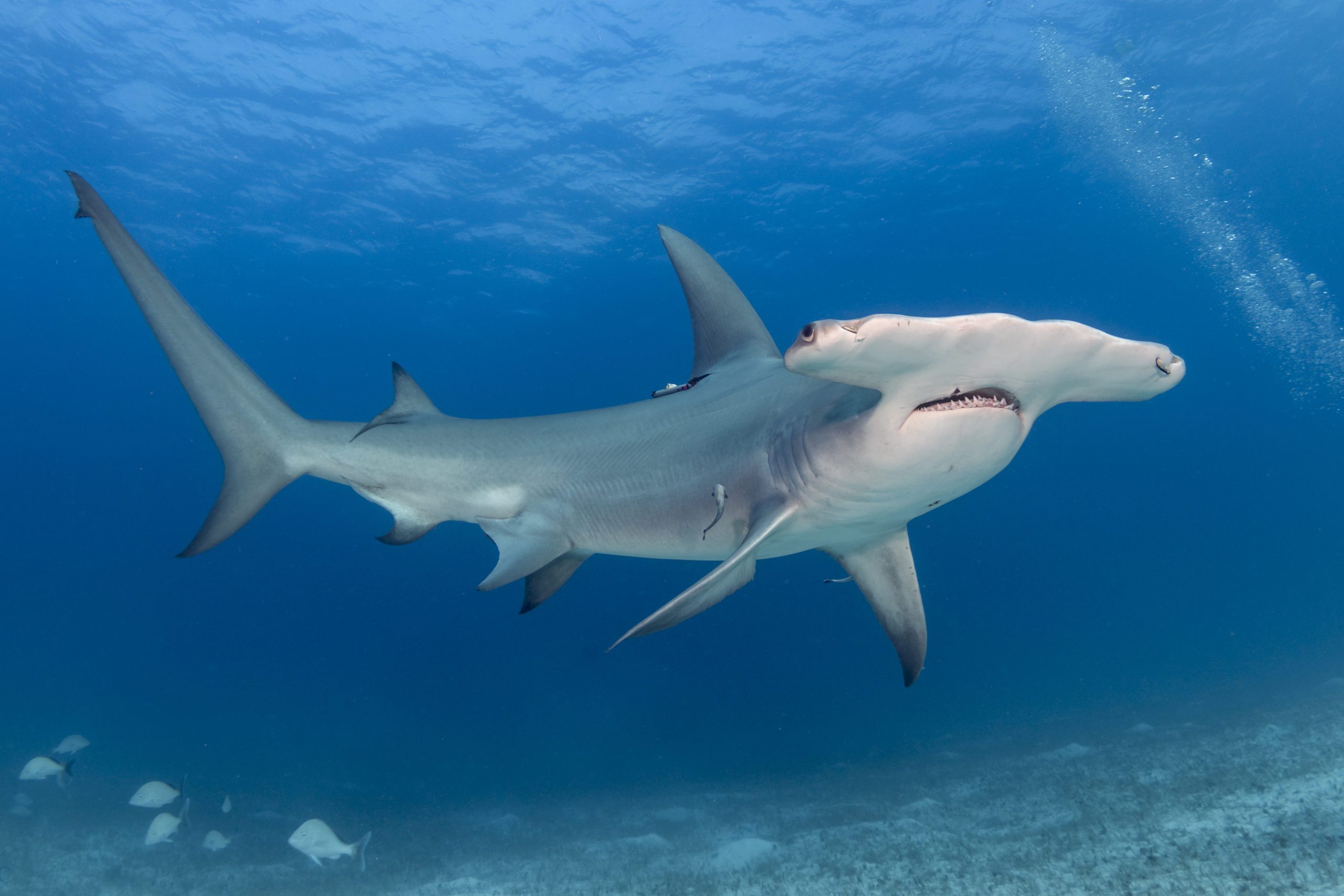
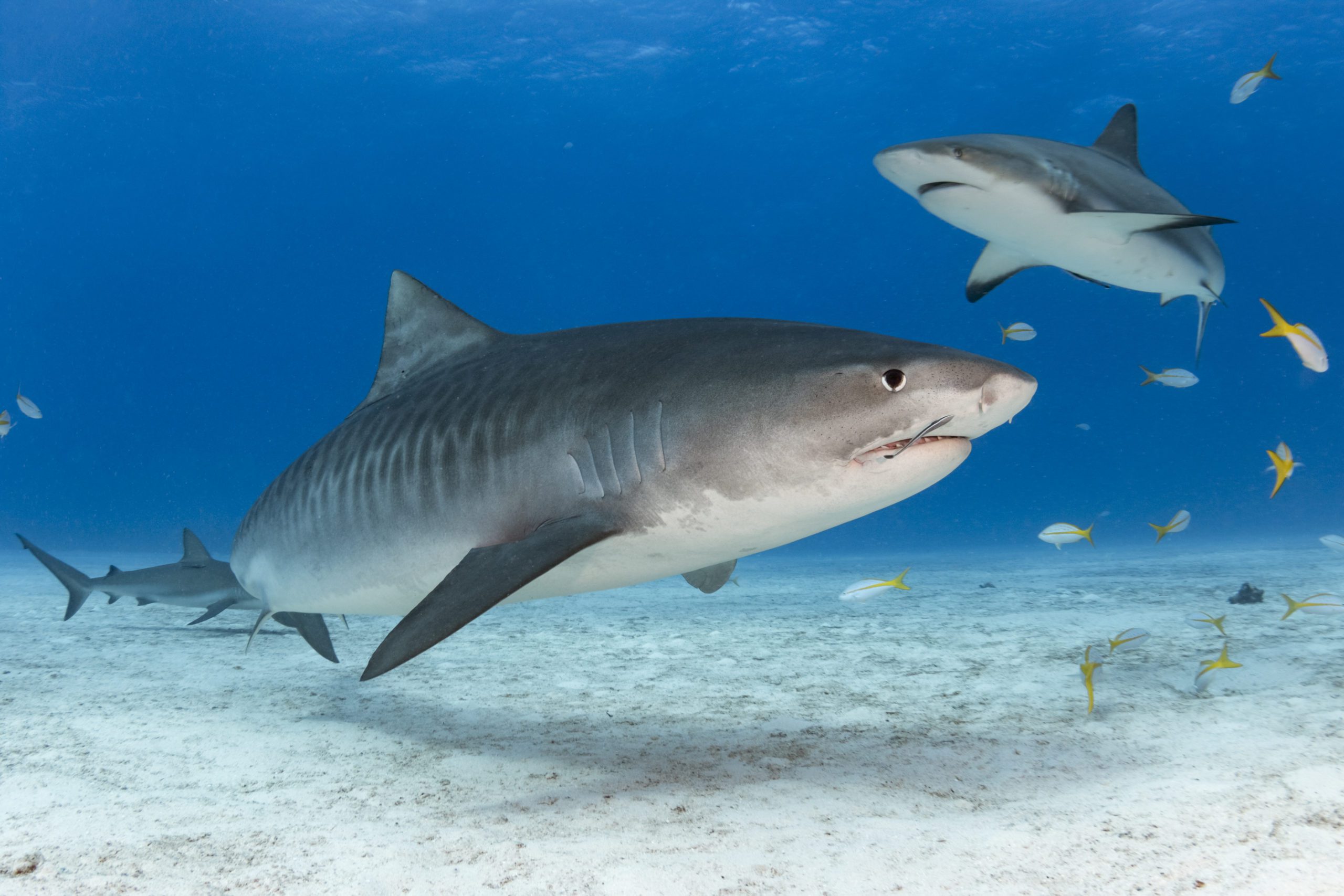
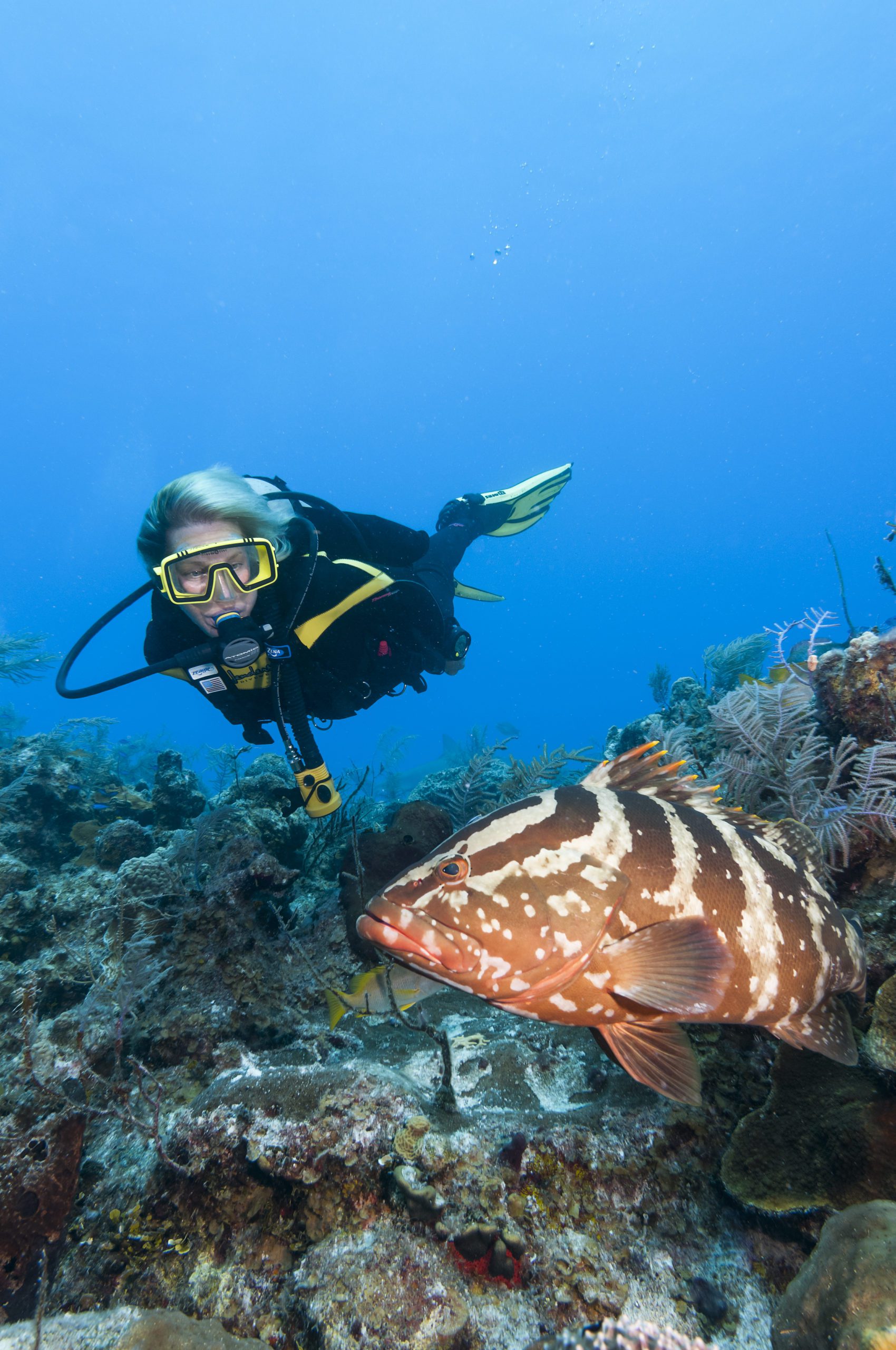
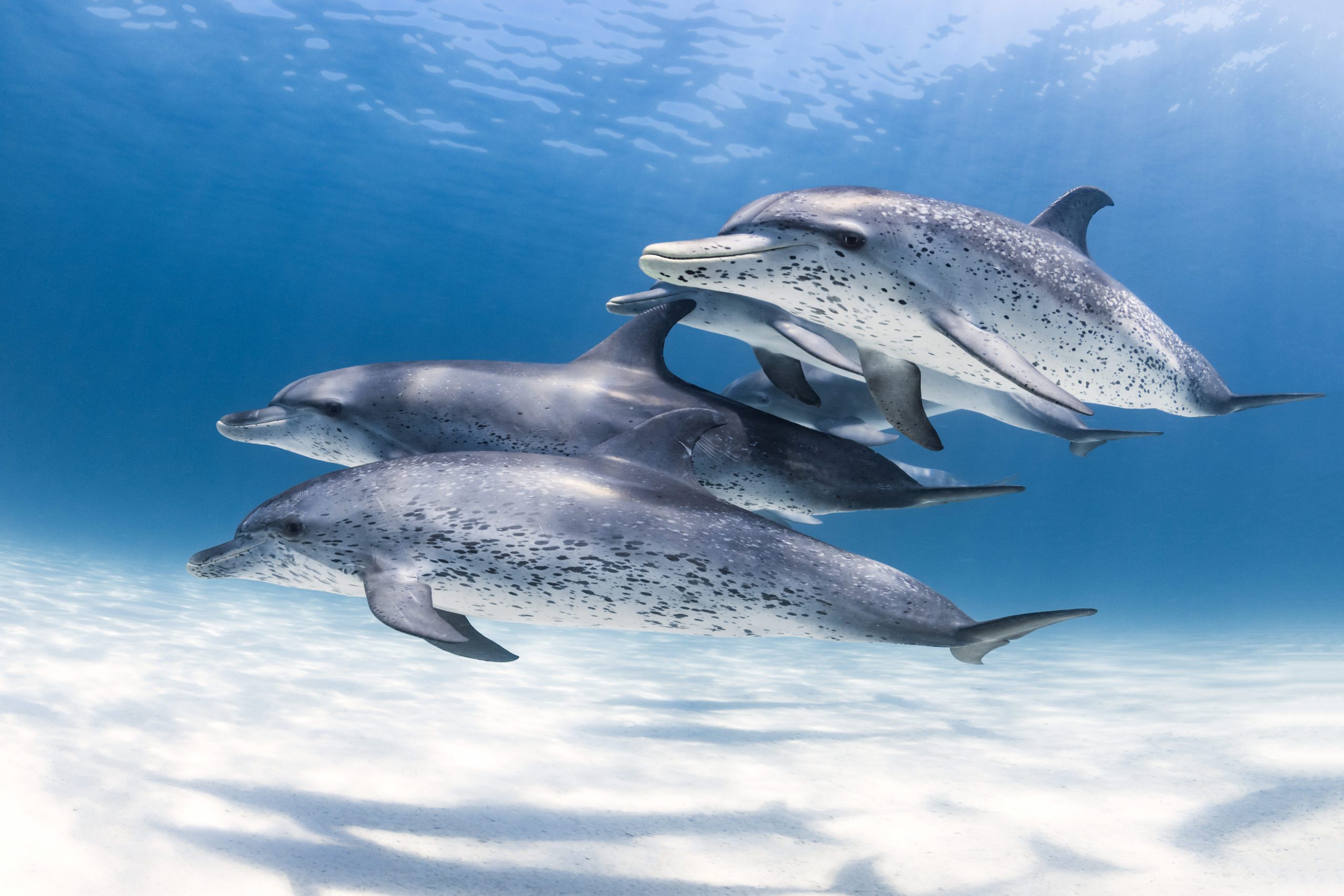
Among the most notable are the reefs and wrecks in the waters surrounding Nassau, which have served as the cinematic backdrops for feature films from Thunderball to Into the Blue. Those interested in unique adventures can delve into the stunning crystal cave systems in the Abacos, or the sublime experience of swimming with wild dolphins off Bimini or Grand Bahama.
But the surest source of underwater excitement in the Bahamas is sharks. For encounters with the guys in the gray suits, divers can count on everything from reef, hammerhead and lemon sharks to tigers, bulls and whitetips. In fact, the Bahamas is considered among the best destinations in the world for shark encounters. Altogether, life on the Bahia Mar is about possibilities for those seeking new and exciting underwater experiences.
Cayman Islands – Wall To Wall Diving Pleasure
With literally a dive site for every day of the year, the Cayman Islands offers a lifetime of diving possibilities. And quite often, these remarkable dive sites sit in close proximity to one another. Underwater, one seldom needs to travel more than a couple hundred feet to reach a neighboring dive site with its own set of distinguishing features.
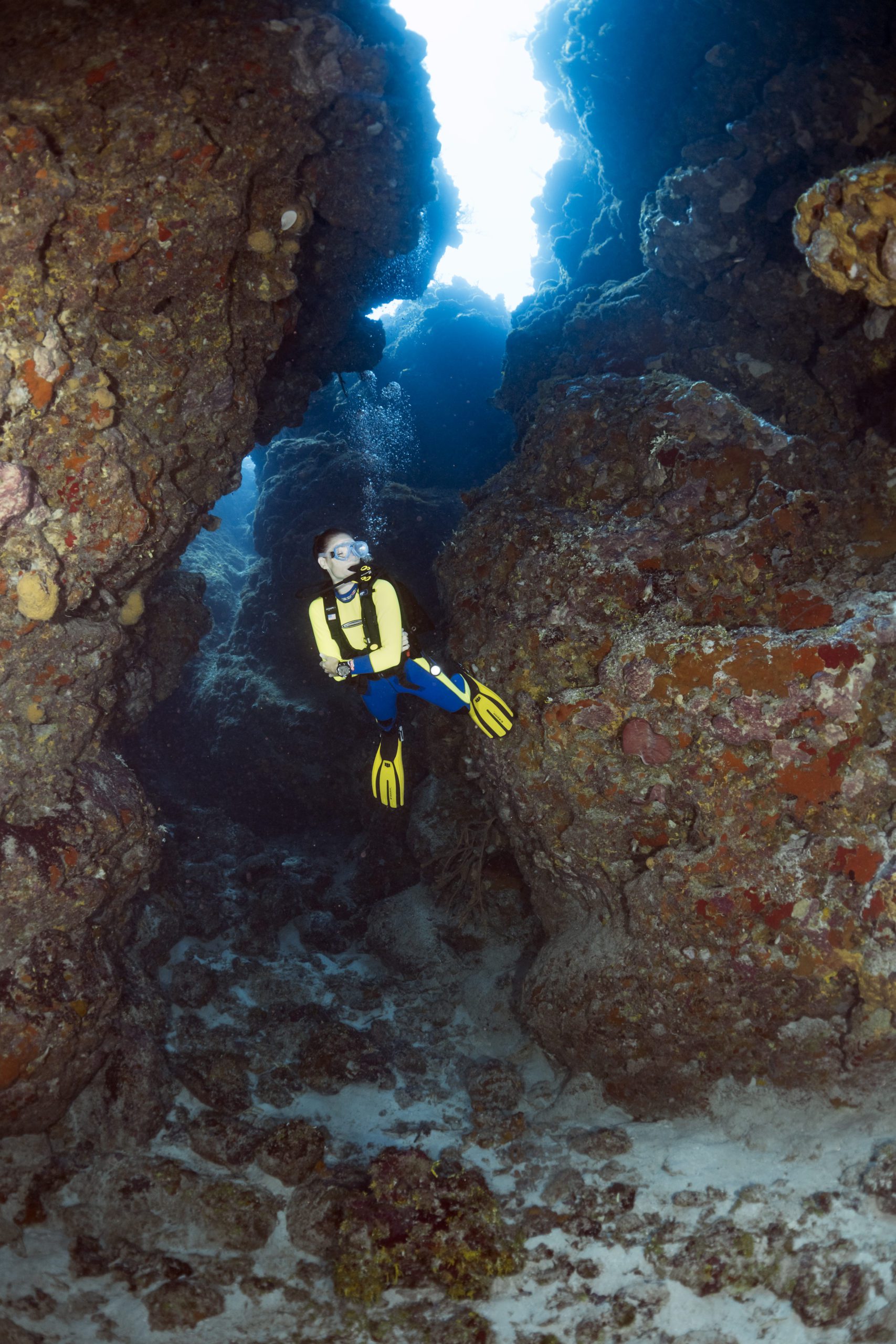
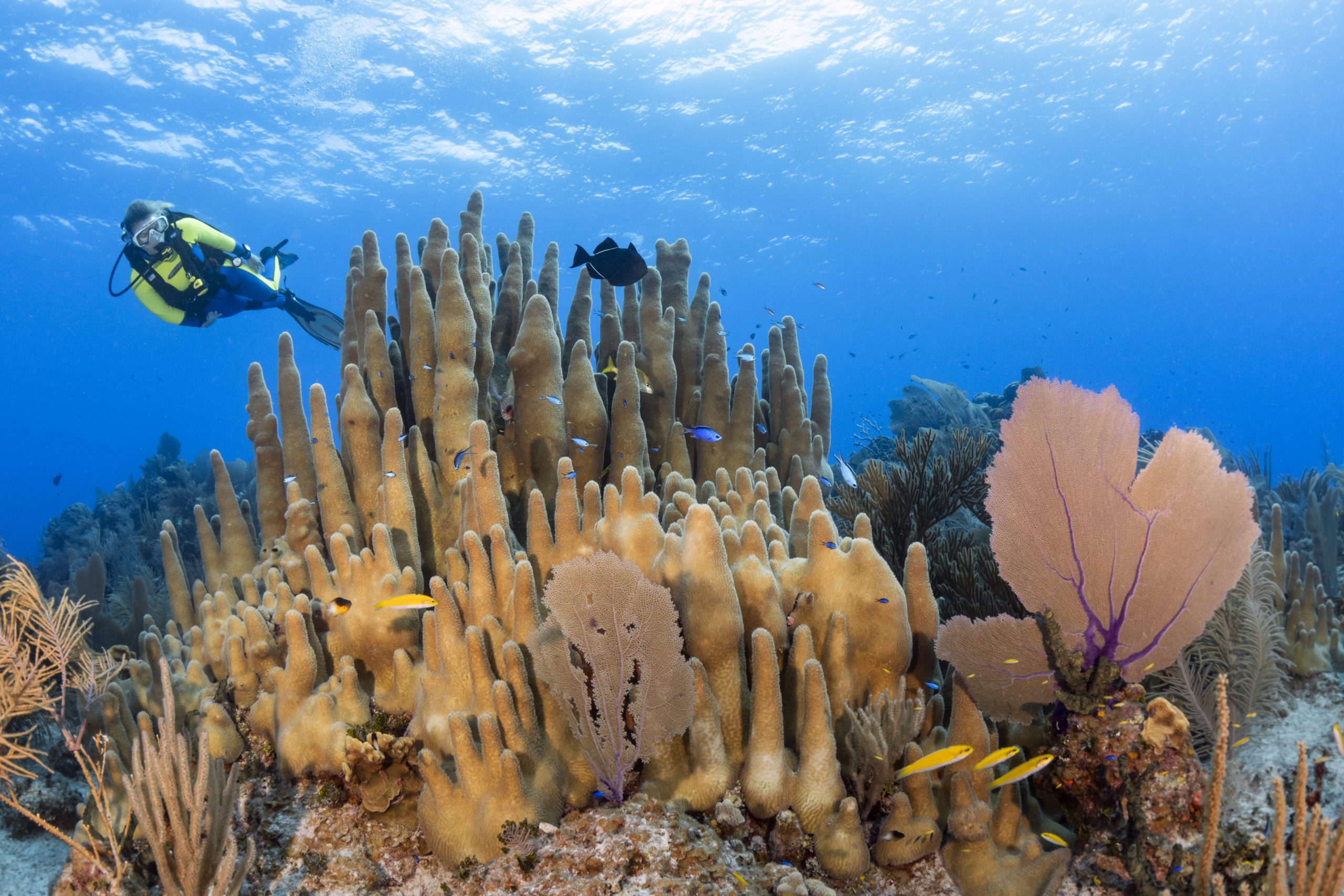
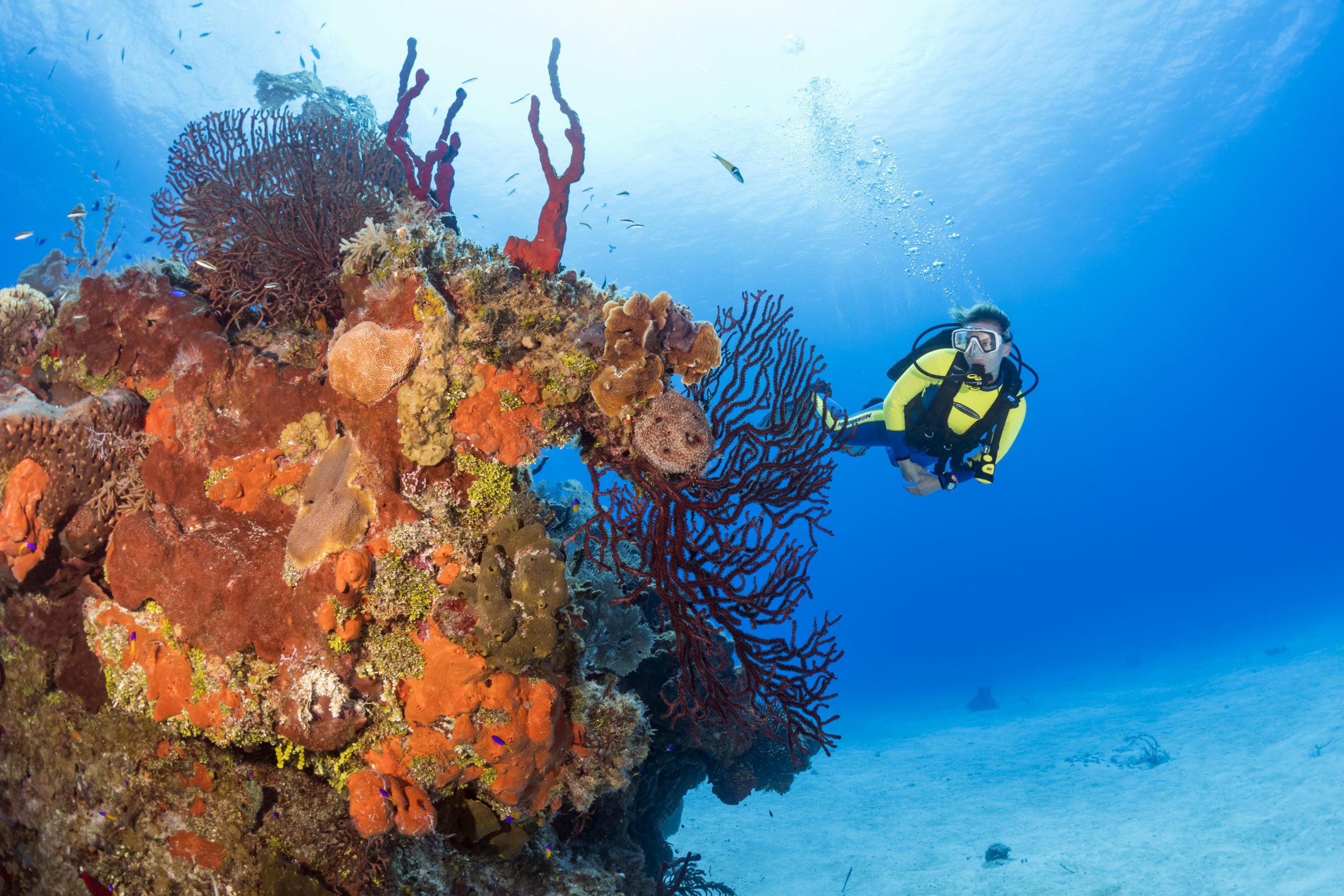
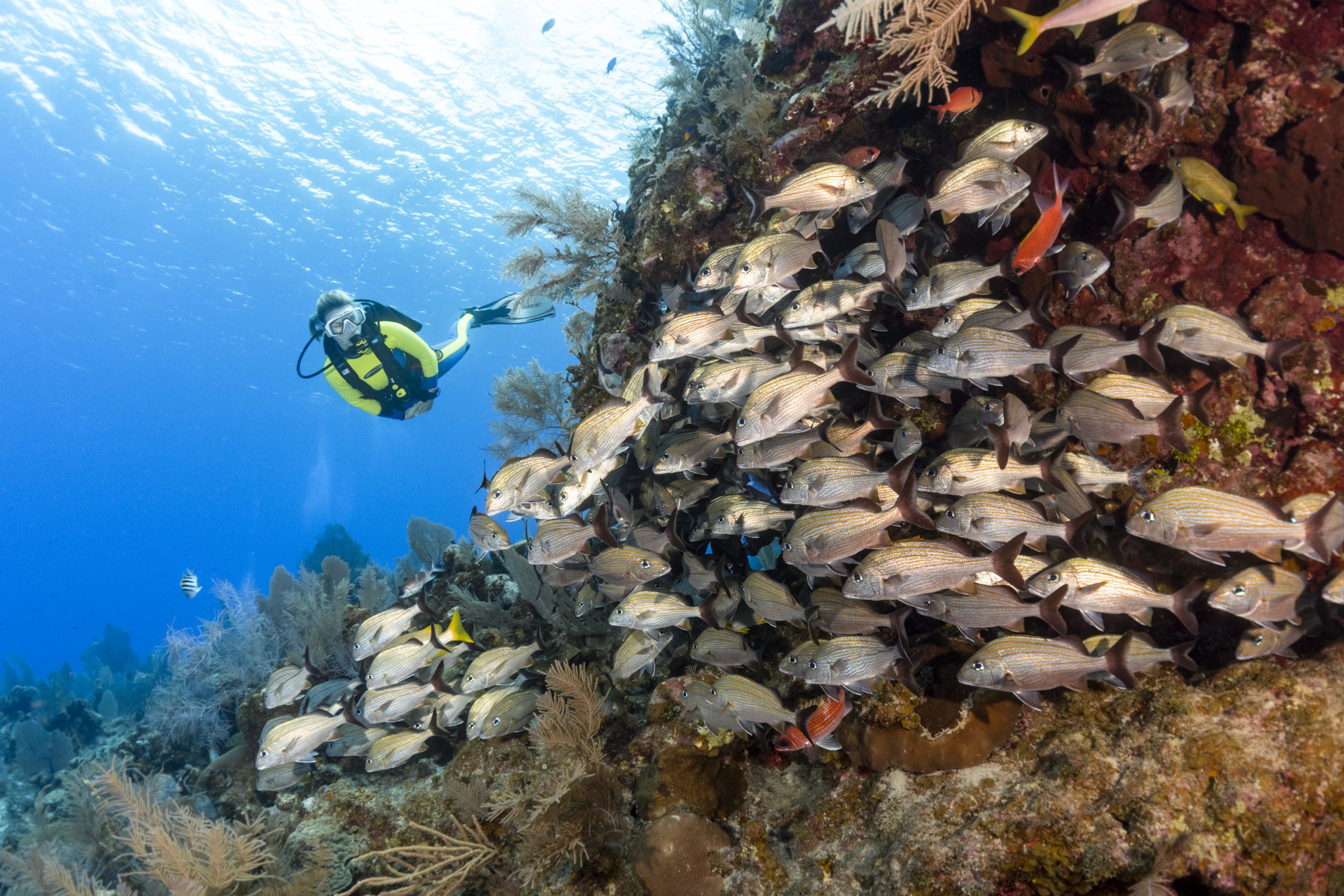
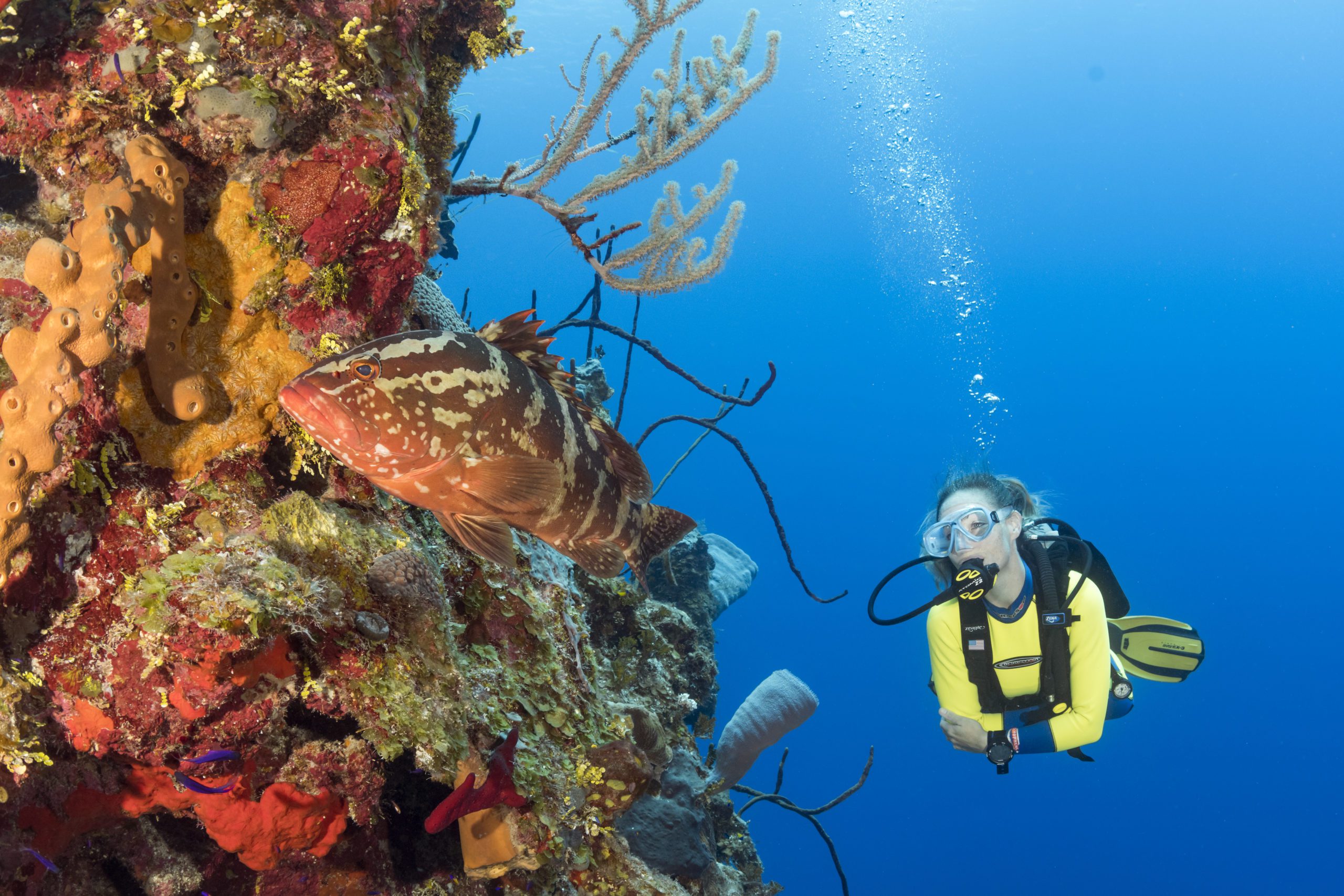
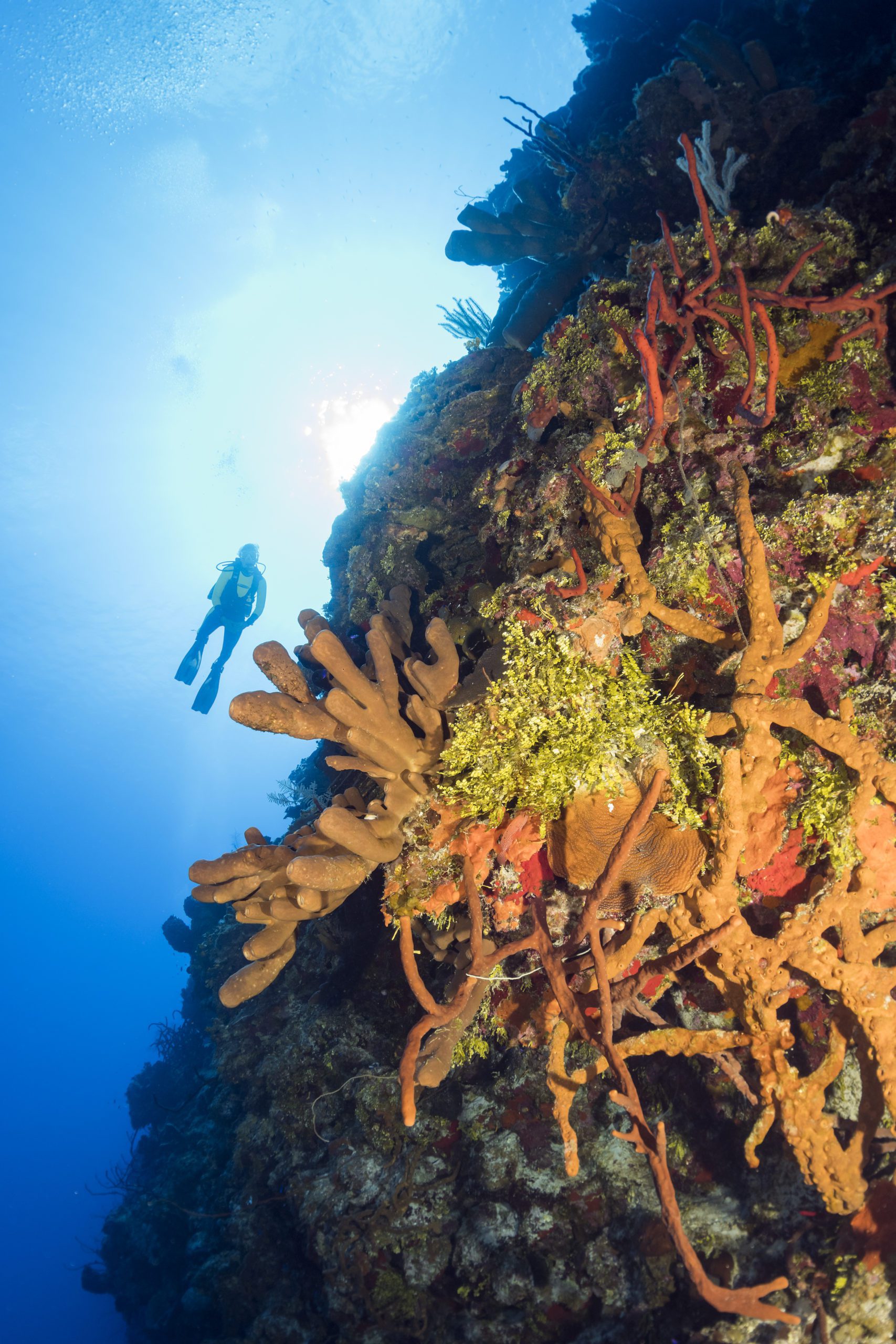
For most every dramatic, colorful wall site, there is a proportionally attractive shallow reef or wreck only a short distance away.
This physical eccentricity is created by the geography of the three islands — Grand Cayman, Little Cayman and Cayman Brac — which sit atop individual towering seamounts rising up from abyssal plains some 3,000ft to 4,000ft below. This topography bestows the destination with the most-spectacular collection of vertical descents of any destination in the Caribbean.
But walls are not all the Cayman Islands have to offer. Through the collective efforts between the Cayman government and island watersports operators, Cayman Brac is the only island in the Western Hemisphere with a modern-era Russian warship wreck to dive outside of Cuba.
Renamed the MV Capt Keith Tibbetts Memorial, the former Soviet Missile Frigate (sunk September 1996) remains rest close to the edge of the Brac's North Wall, with the vessel's two large deck gun installments protruding from their protective turrets at depths of 42ft and 48ft.
On Grand Cayman, the wreck of the USS Kittiwake lies offshore of Seven Mile Beach. Sunk in 2011, the 250-foot former submarine rescue ship makes for an eye-catching scene and sits atop a white sand bottom at a depth of 70ft, canted hard to port next to the crest of a coral reef.
And no mention of the Cayman Islands would be complete without a mention of the rays. Few dive or snorkel sites in the world are as well-known as Stingray City, which was once awarded the title of the ‘world's best 12ft dive’. At the mouth of a bay on Grand Cayman's north shore, these friendly, delta-winged members of the shark clan provide an interaction both divers and snorkelers seldom forget.
Cuba – Gardens of The Queen
Long off-limits to American divers, the waters of Cuba are now ripe for exploration. With more than 3,500 miles of coastline, the largest island in the Caribbean offers a sea of possibilities. The most notable of these is the area known as Jardines de la Reina — or in English, the Gardens of the Queen.
The Gardens of the Queen are part of Cuba's second-largest archipelago, comprised of some 600 cays and small islands paralleling the main island's southern-central coast for 93 miles. One part of this string of islands is called the Laberinto de las Doce Leguas (The Labyrinth of the Twelve Leagues).
The middle portion known as Jardines de la Reina was so named by Christopher Columbus in honor of the Queen of Spain, Isabella I of Castile. Fidel Castro made the archipelago his personal park because at one time he loved to scuba dive.
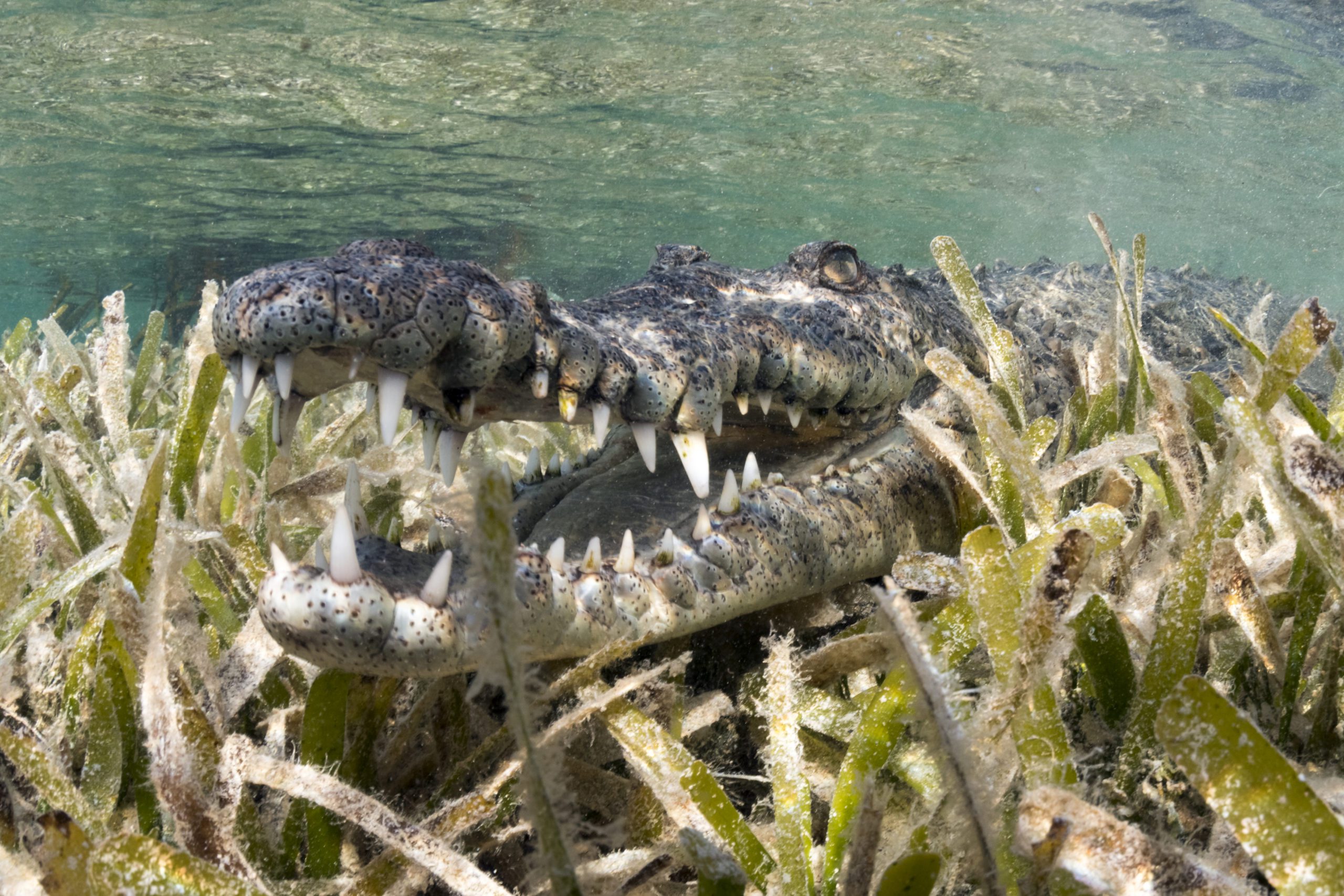
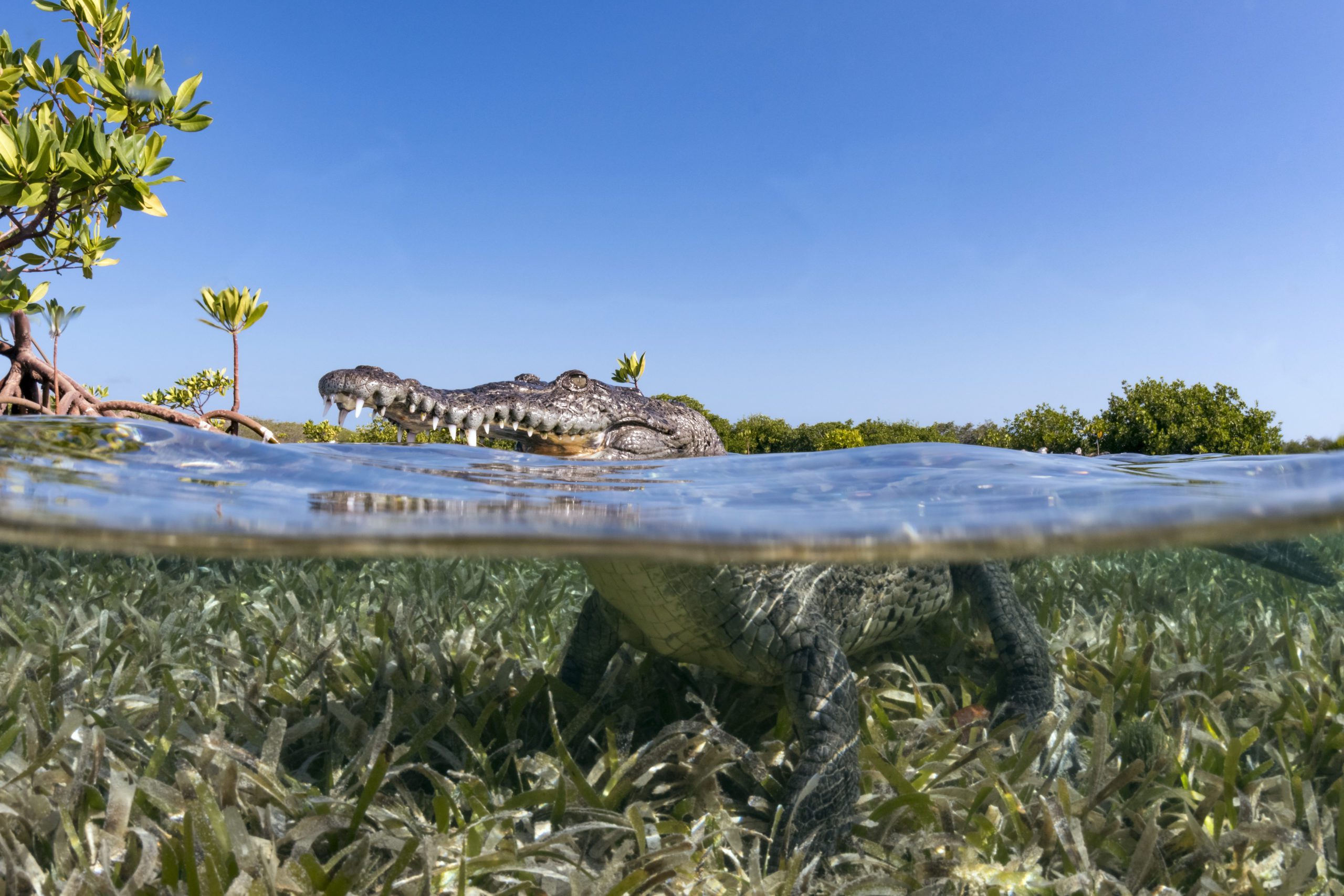
This executive exclusivity had the benefit of keeping all fishing interests out. In 1996, the Jardines was designated as a no-take zone and a marine protected area with limited visitation. As such, the reserve, which encompasses 840 square miles, is considered one of the Caribbean’s last pristine coral reef and mangrove forest environments.
On the ocean side of these islands, the underwater landscape is dominated with coral formations with steep ledges, canyons and towering pinnacles — some more than 60 feet tall – mangrove islands and an underwater landscape dominated with coral formations with steep ledges, canyons and towering pinnacles.
The fish life is prolific, and divers will encounter abundant numbers of Nassau and large black grouper with the occasional Goliath grouper or school of tarpon thrown in. If you like sharks, Cuba’s Garden of the Queens is the place to be.
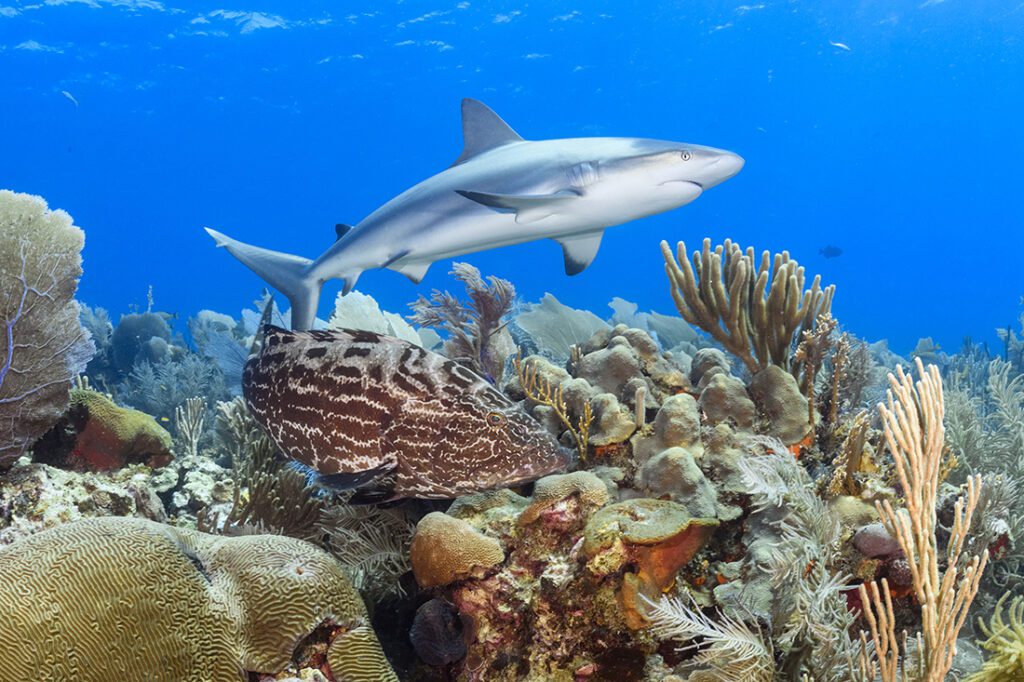
Warm, clear waters with visibility typically in the 100-foot range create ideal conditions for interactions with Caribbean reef and silky sharks, while stingrays and eagle rays glide across sandy plains. Should you want to ratchet things up a bit, snorkelers (if they dare) can go face to face with some of the mangrove lagoon’s saltwater crocodiles.
Cozumel – Colorful and Easy to Reach
Cozumel brings together all the elements for a perfect dive vacation. The western shores of this small Caribbean island are sheltered from prevailing winds and waves, and washed by currents that bring warm, clear waters. This life-giving flow nurtures luxuriant growths of brightly hued sponges and soft corals that overgrow hard-coral ledges, ridges and drop offs. A menagerie of fish and invertebrates thrive on these reefs and enjoy the full protection of a marine park.
The waters are home to 260-plus species of fish, more than 100 types of coral, and a wealth of colorful sponge life. Coral ramparts perch on the edge of deep water, growing upwards and outwards in convoluted patterns that create maze-like networks of canyons, swim-throughs and arches.
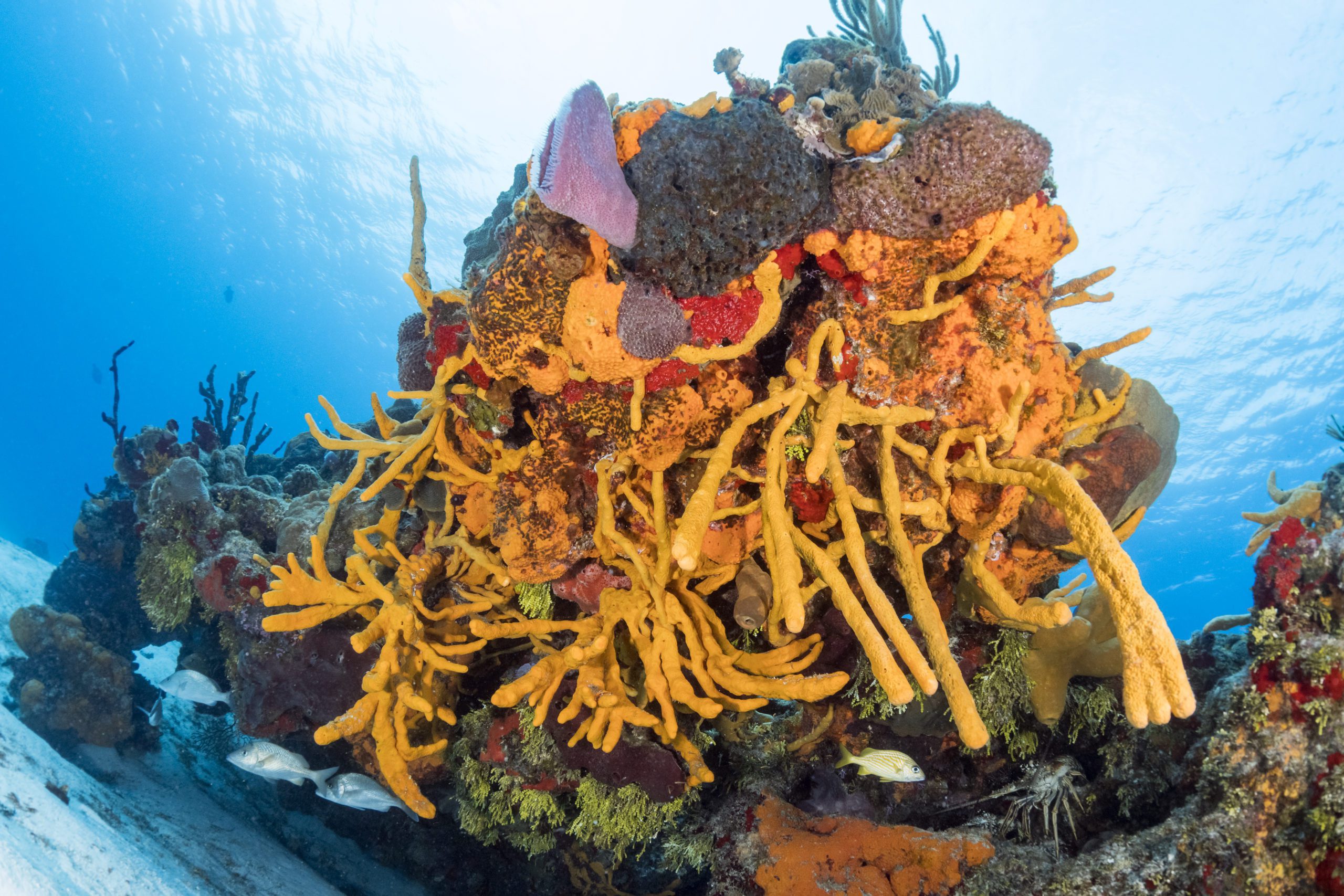
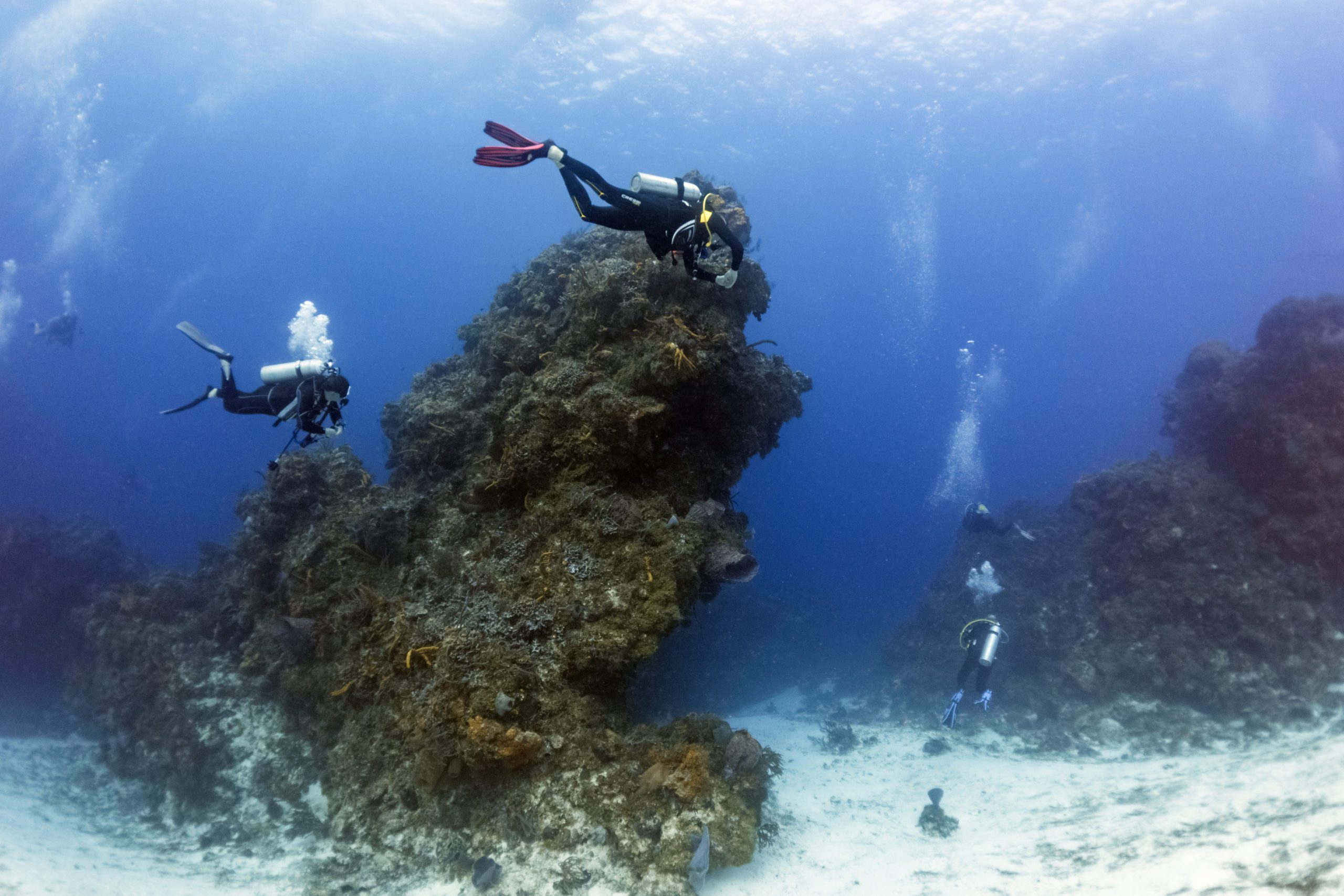
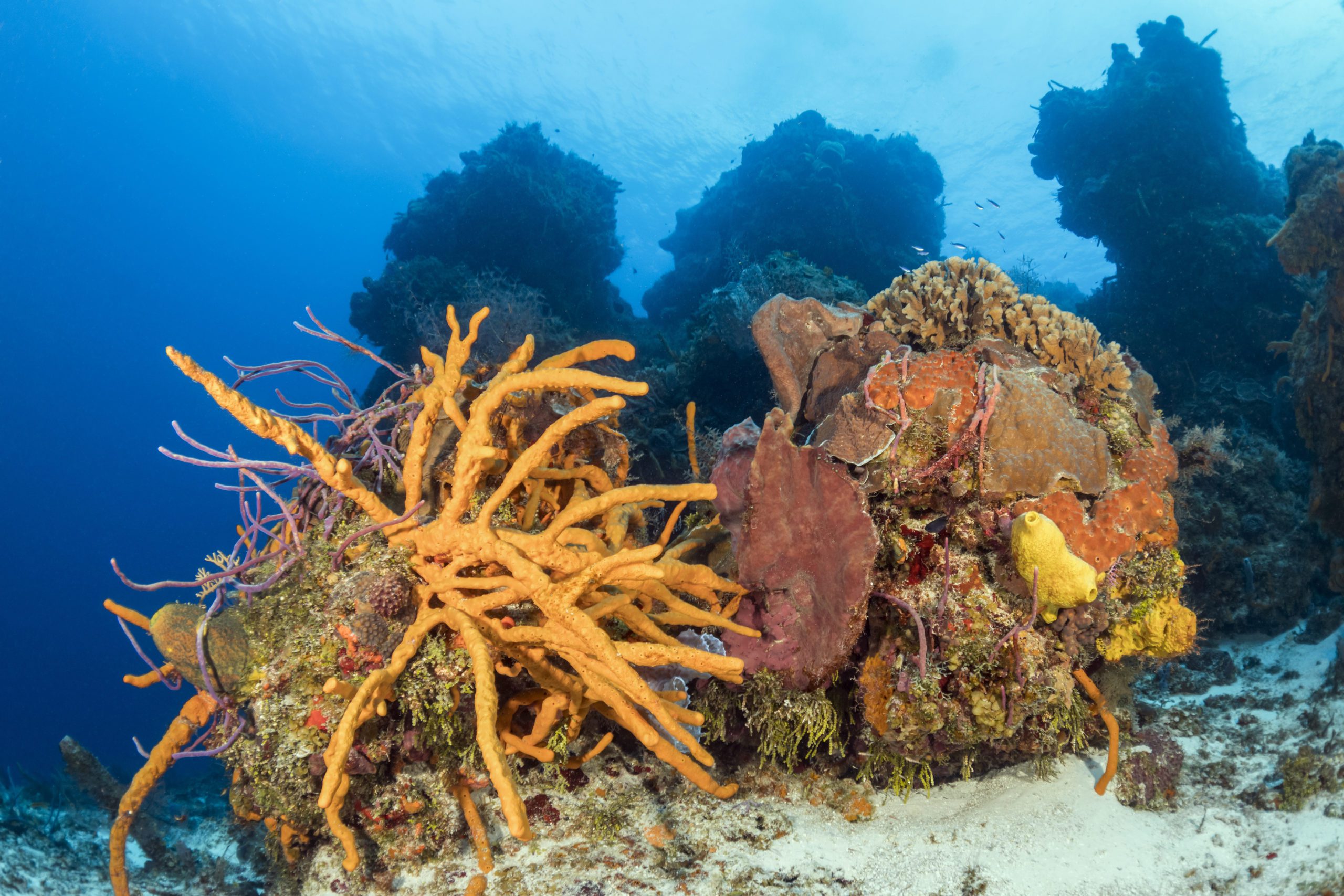
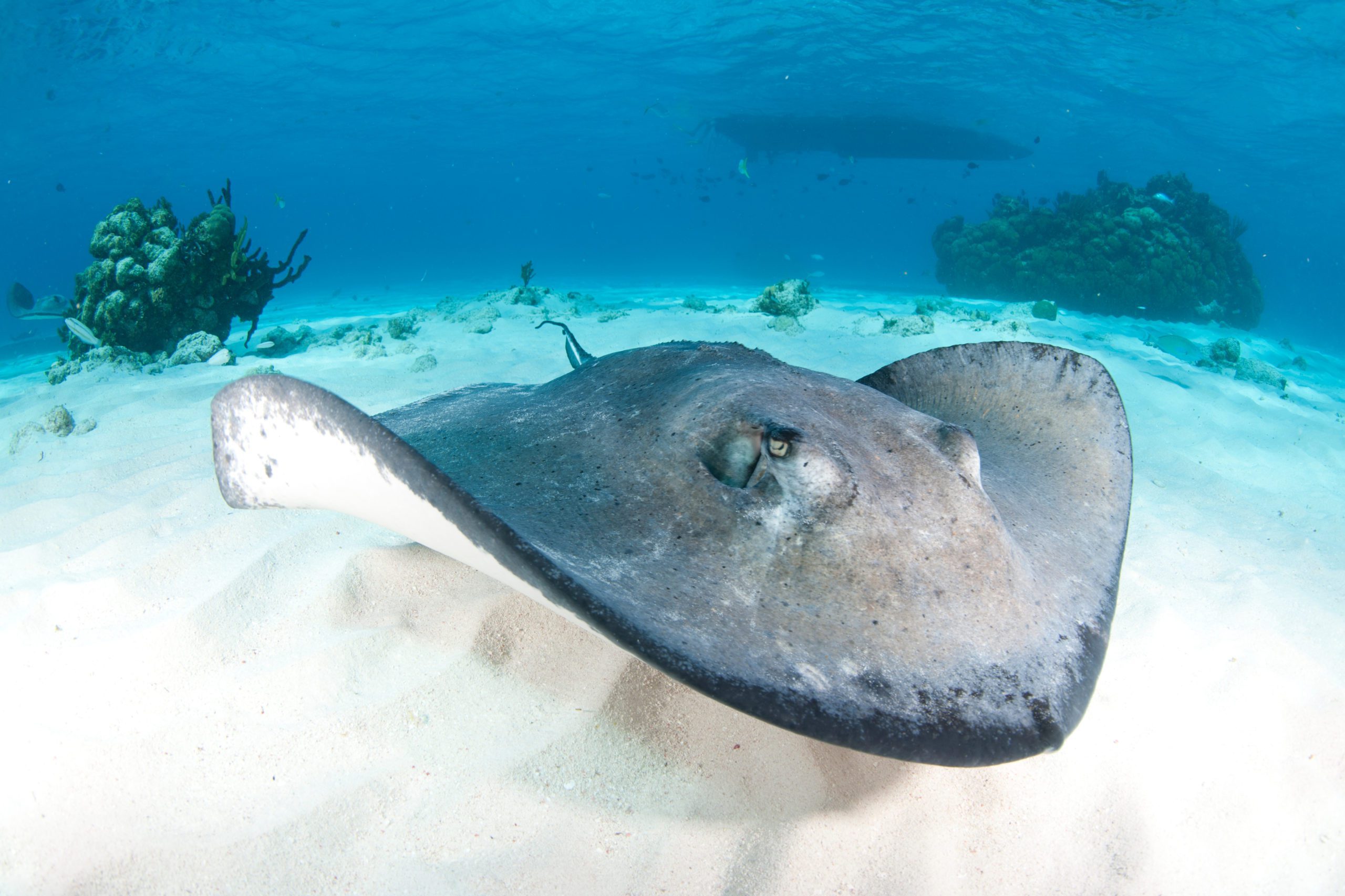
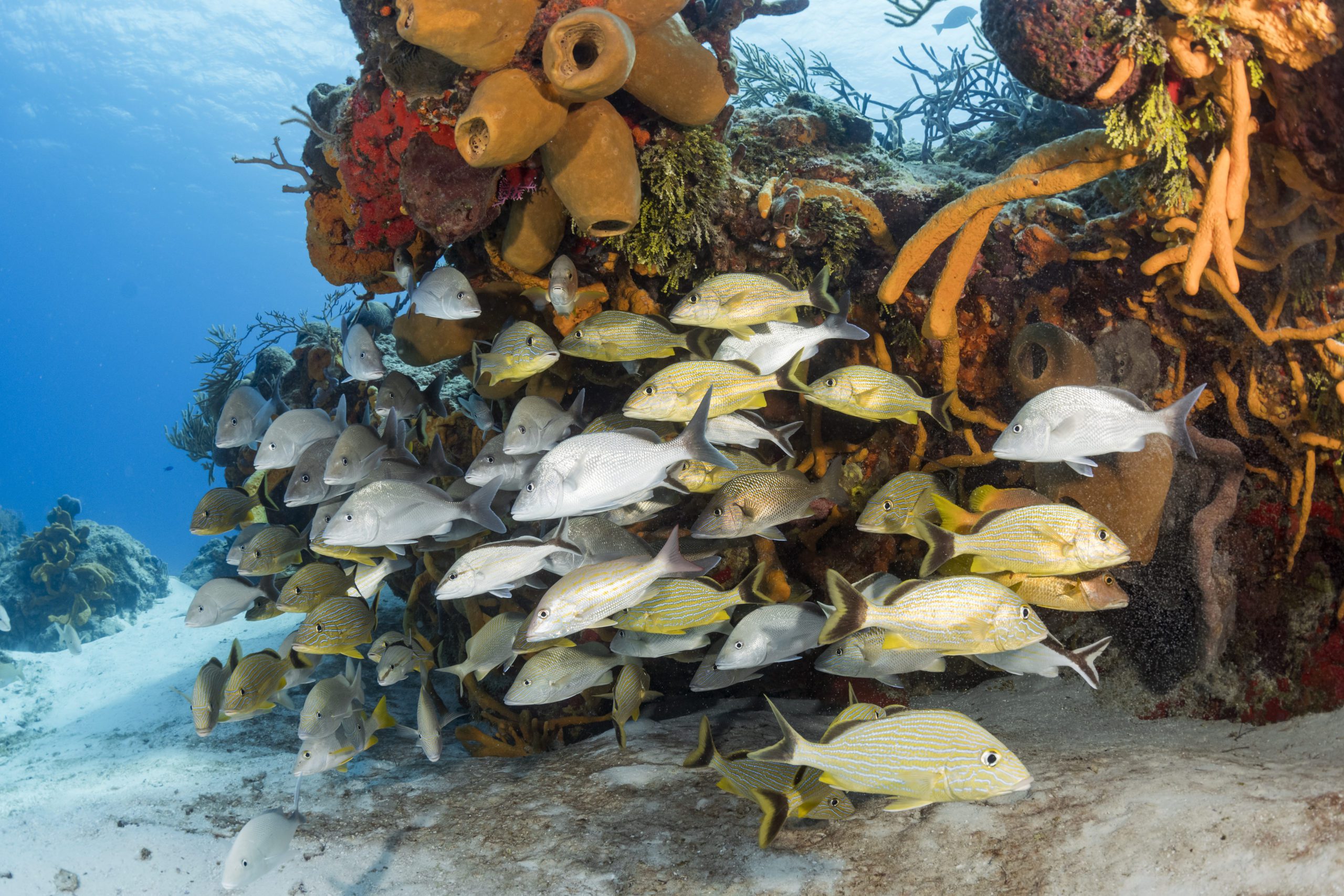
Less dramatic but no less enchanting are the mid-depth sites where divers can fly the currents over ridges, sand flats and coral heads, or drop behind the shelter of a ledge for an up-close look at the comings and goings of the smaller residents of the reef.
Because all dives are conducted as live drifts, there’s no need to swim to a down line or mooring. Underwater navigation is equally easy, as all routes lead northward with the currents. By going with the flow, divers may find they use less air and can enjoy longer and more relaxing bottom times. When it’s time to resurface, the boat will be right there and waiting. This is drift diving at its easiest.
Adding to the island’s appeal are direct flights from the US, a wide range of beachfront hotels to enjoy, and dive boats that make easy runs in calm waters to sites less than a mile from shore. After the dive, the picturesque waterfront town of San Miguel delivers an authentic helping of Mexican hospitality.
Riviera Maya – Land of The cenotes
The coastal region south of the resorts of Cancun is known as the Riviera Maya. This 100-mile stretch of the Yucatan Peninsula is a land of coastal coral reefs and magnificent beaches. It is also the land of the cenotes. The limestone substrate of the Yucatan's plateau is riddled with the world's largest network of freshwater-filled caves.
These underground rivers form complex labyrinths as they flow toward the sea. Along the way, portions of their ceilings have collapsed, creating windows to the sunlit world above. These water-filled sinkholes, known as cenotes, punctuate the landscape by the hundreds. Some cenotes lie hidden deep in the jungle, yet to be discovered, while some have been explored and mapped by adventurous cave divers.
Cenotes take every from small entrances to flooded caves to expansive basins rimmed by semi-flooded caverns where sunlight penetrates deep into shadowed overhangs.
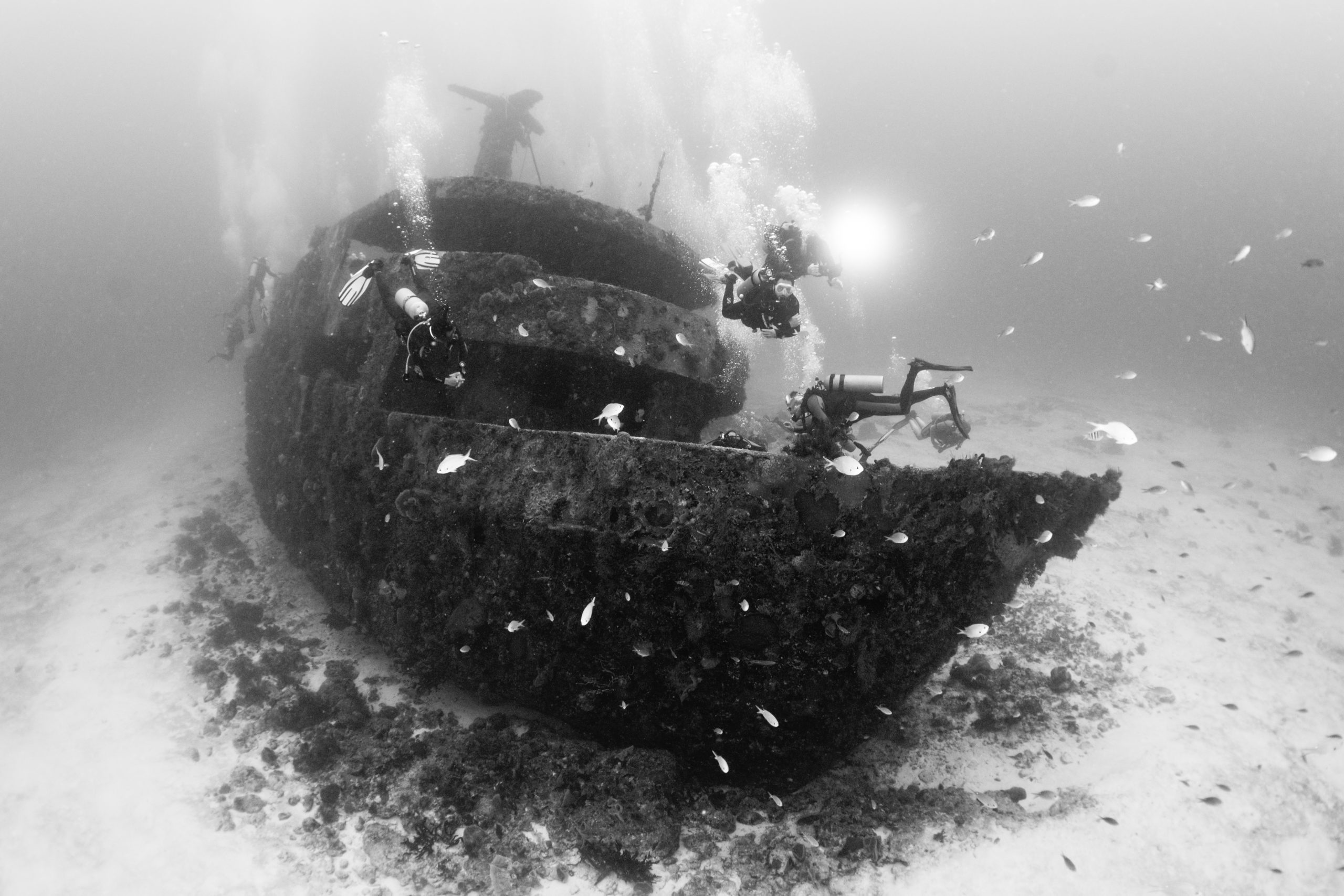
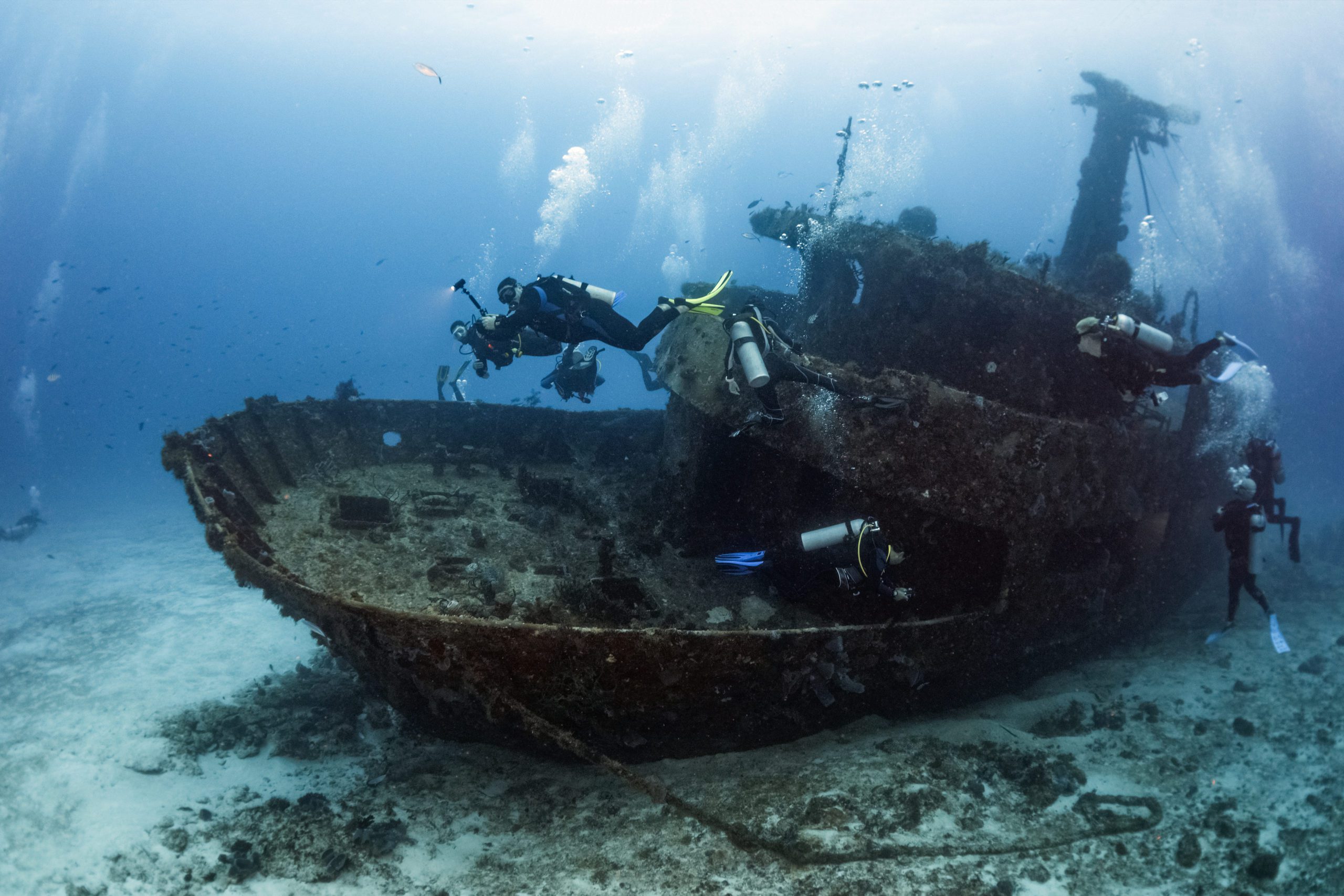
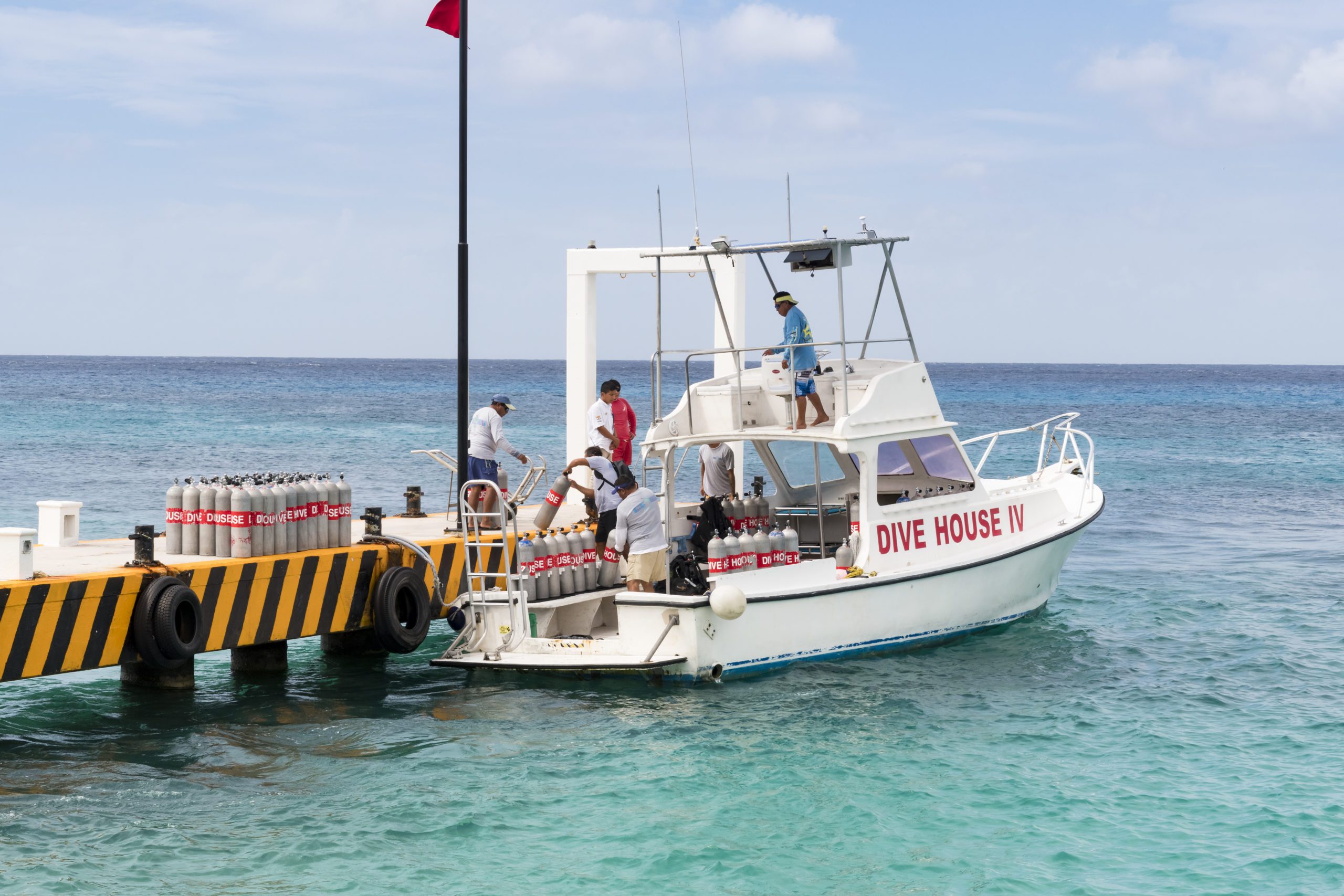
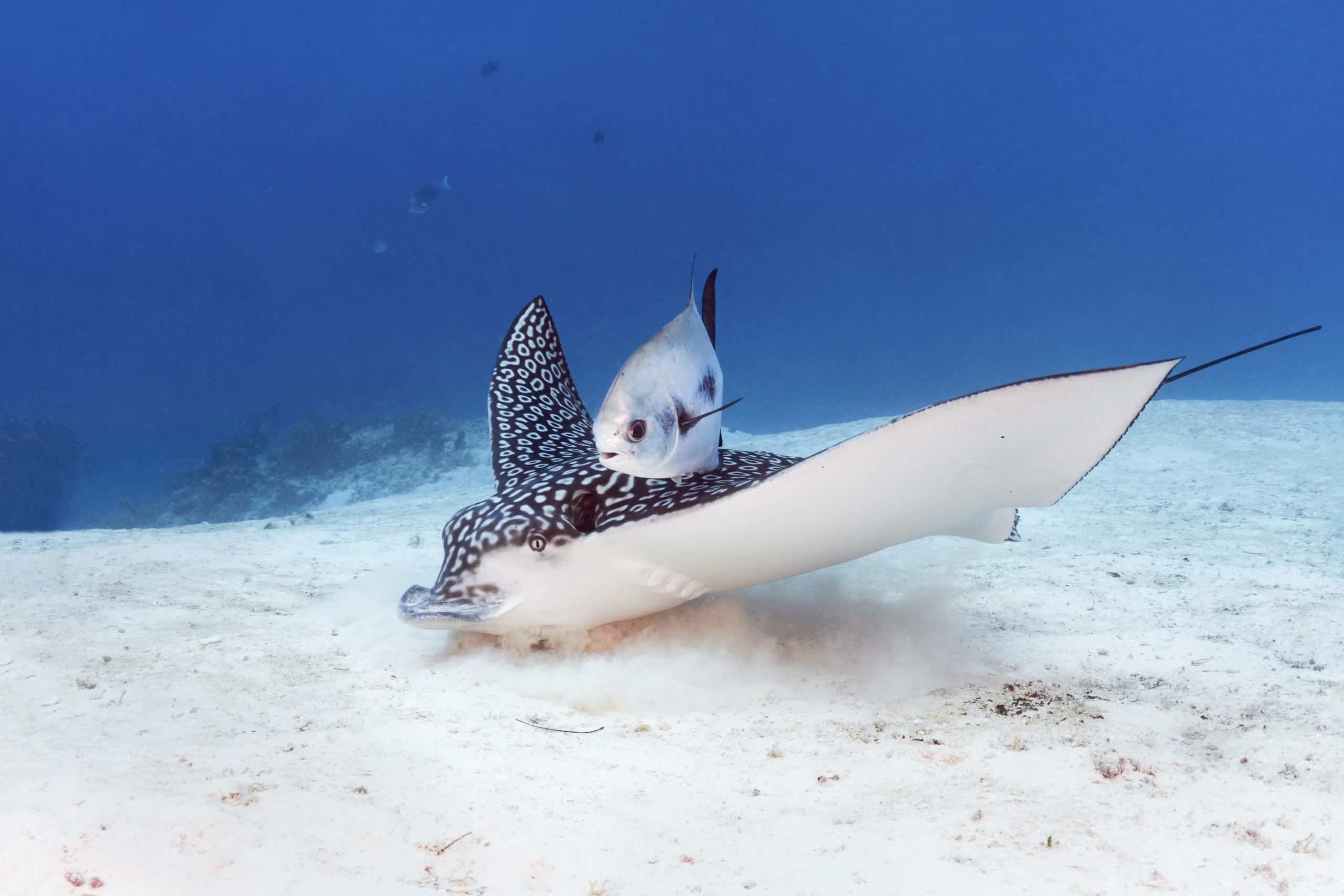
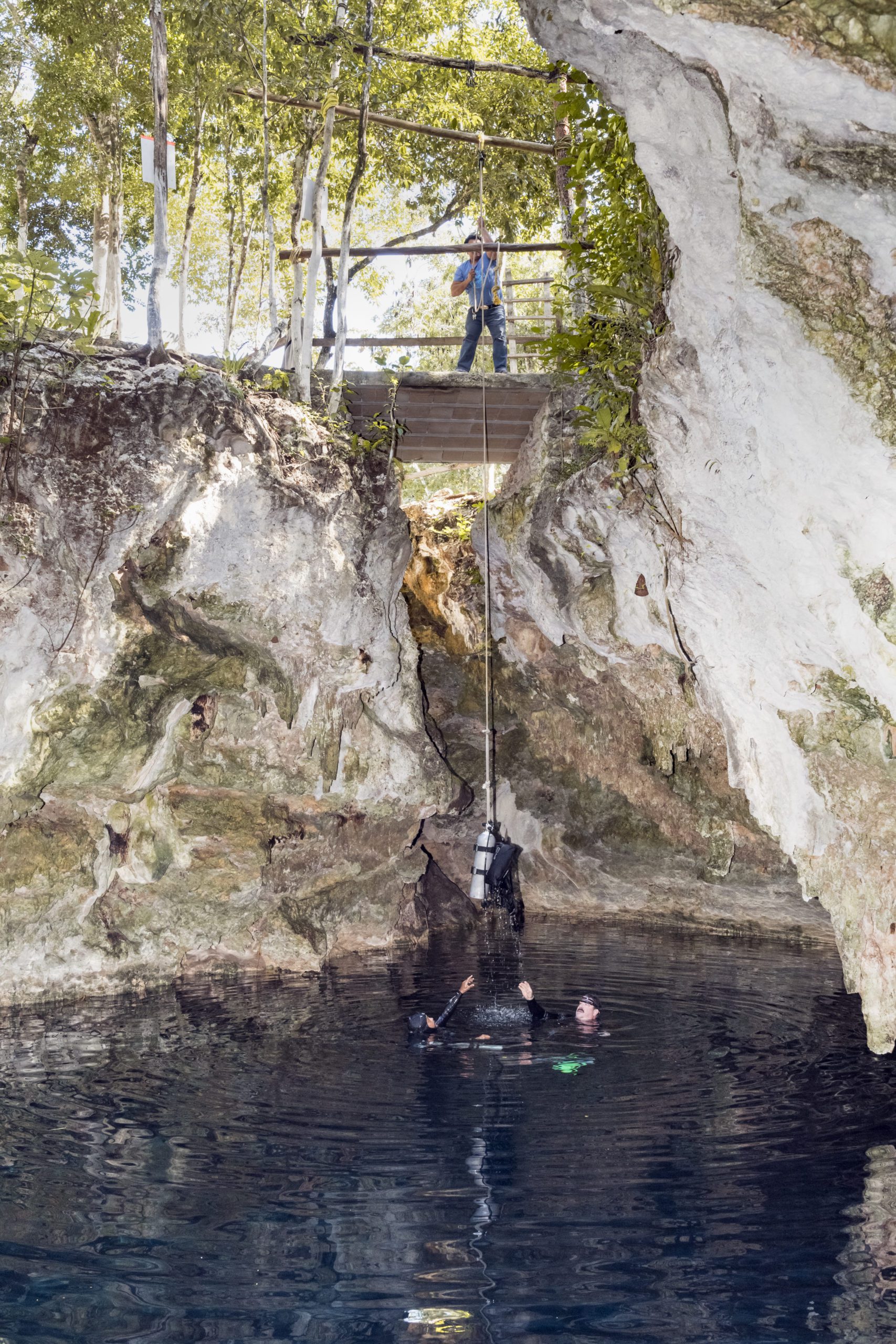
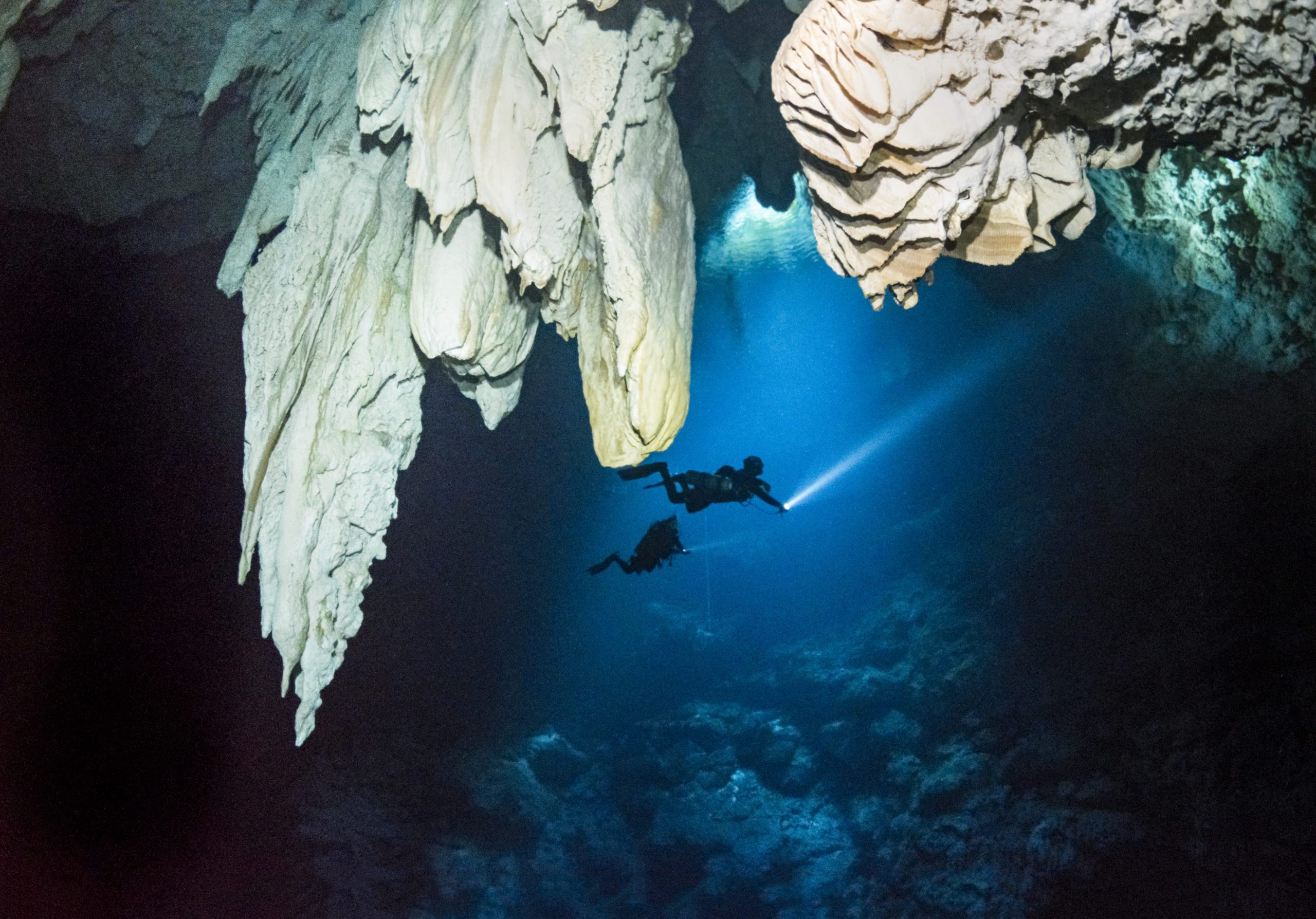
Among the more-popular of Mexico's cenotes is Dos Ojos (Two Eyes), which features two large sunlit caverns where snorkelers and open-water divers can experience the wonders of the Yucatan’s hidden underworld without swimming far from sunlight or an air-filled portion of the cavern.
Under the watchful eye of trained cenote guides, open-water divers can follow networks of guidelines deep into the shadowy recesses of the caverns to view intricate collections of stalactites and stalagmites formed from bone-white limestone. The region also offers coastal pools such as Cenote Manatee, where mangrove-lined channels create a natural aquarium filled with colorful tropical fish.
Close to Cancun, boats depart from Isla Mujeres for open-water swims with whalesharks and dives beneath swirling schools of baitfish corralled by sailfish. Big thrills continue when female bull sharks congregate off Playa del Carmen each winter. Ashore there are ancient Mayan cities to explore and all the topside attractions of a world-class vacation destination.
Photographs by Walt Stearns
